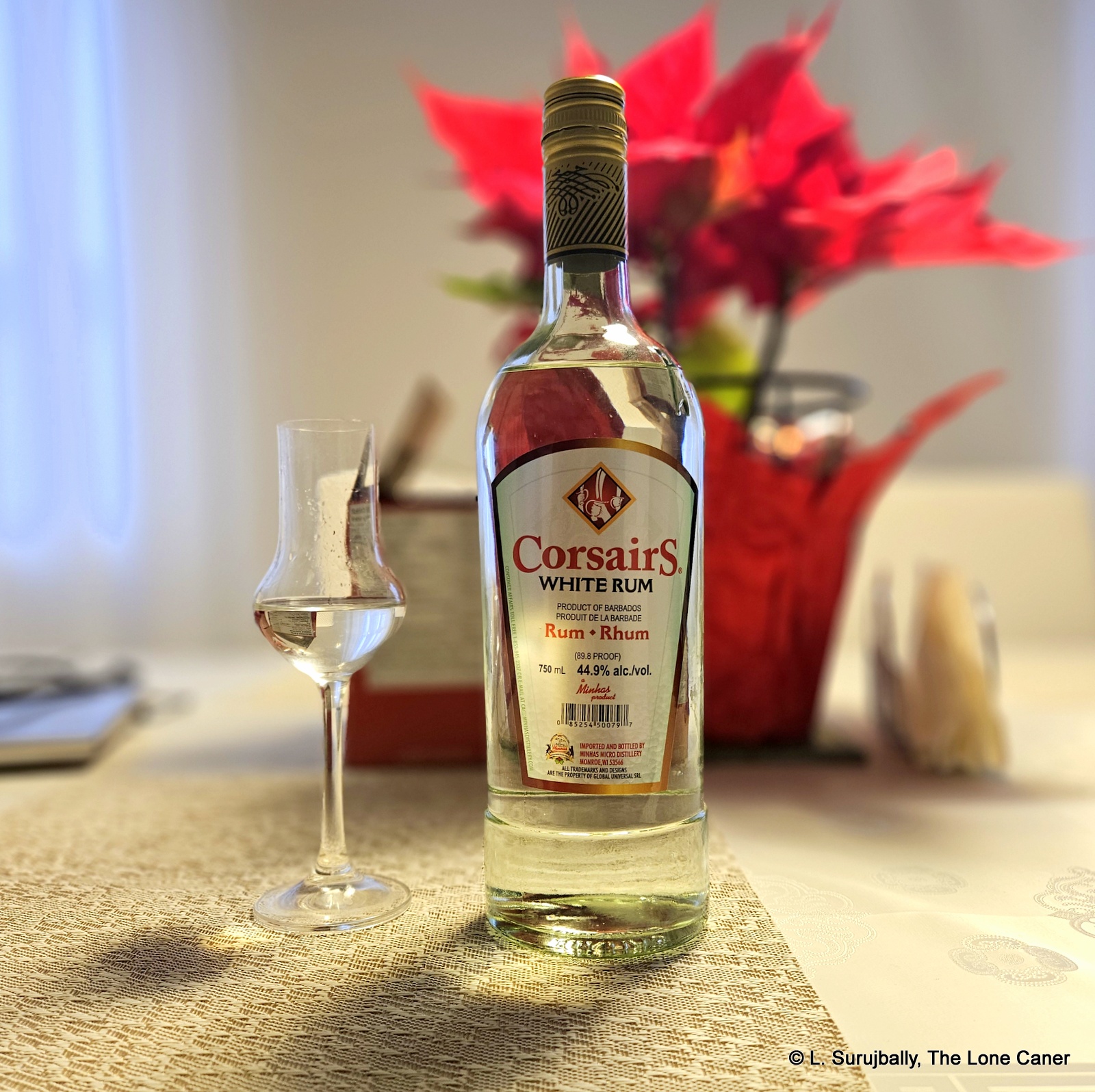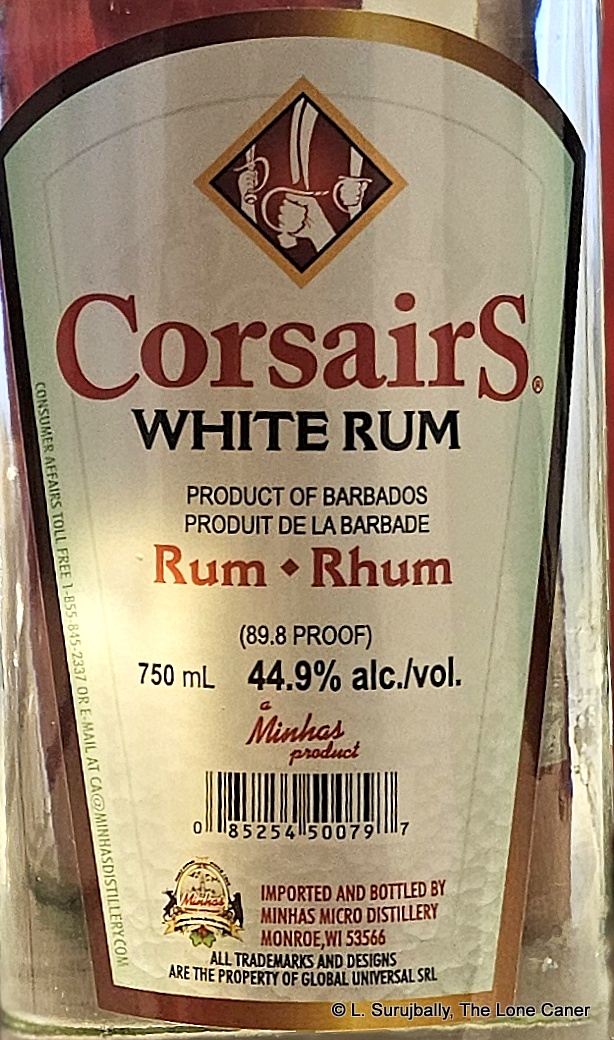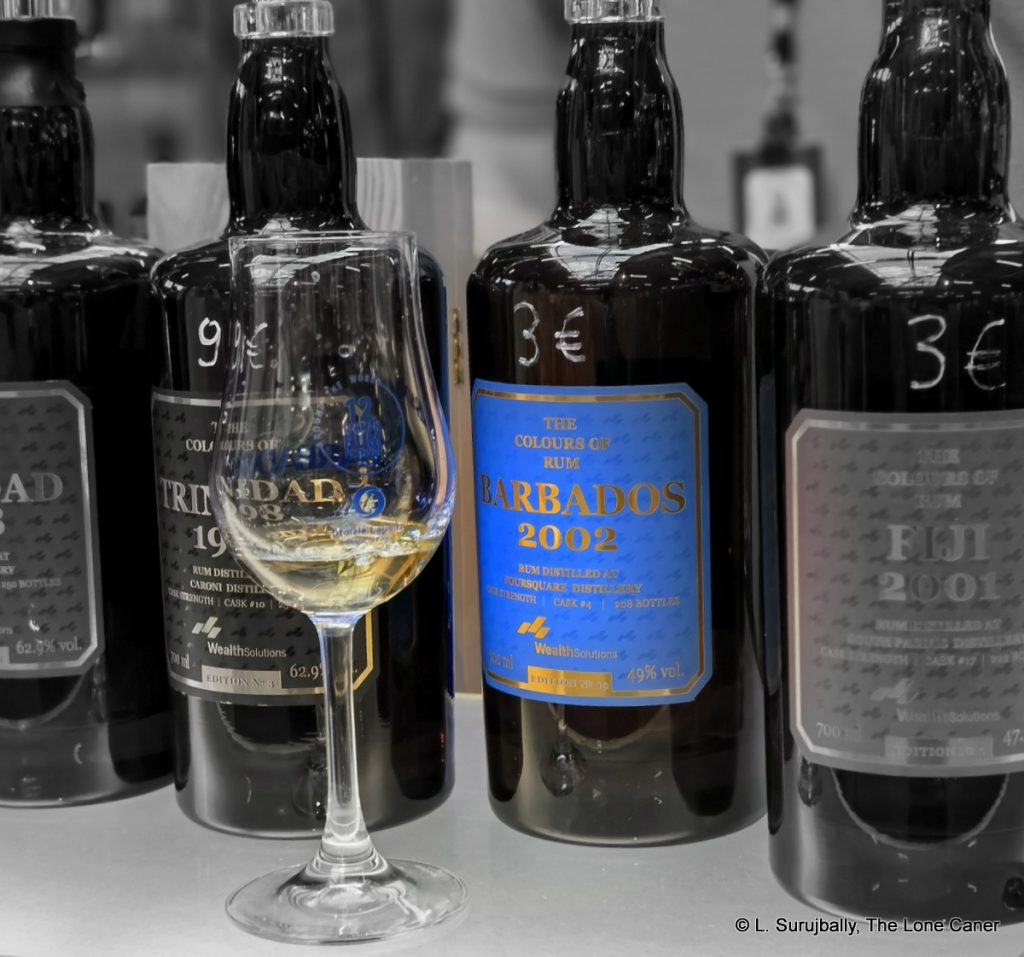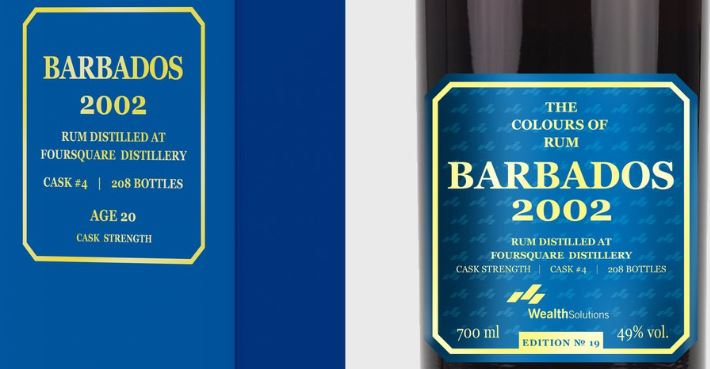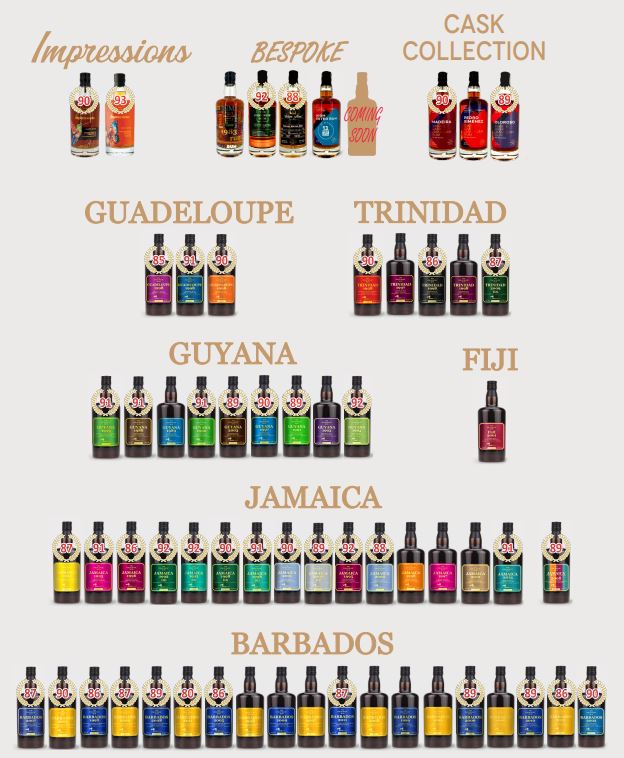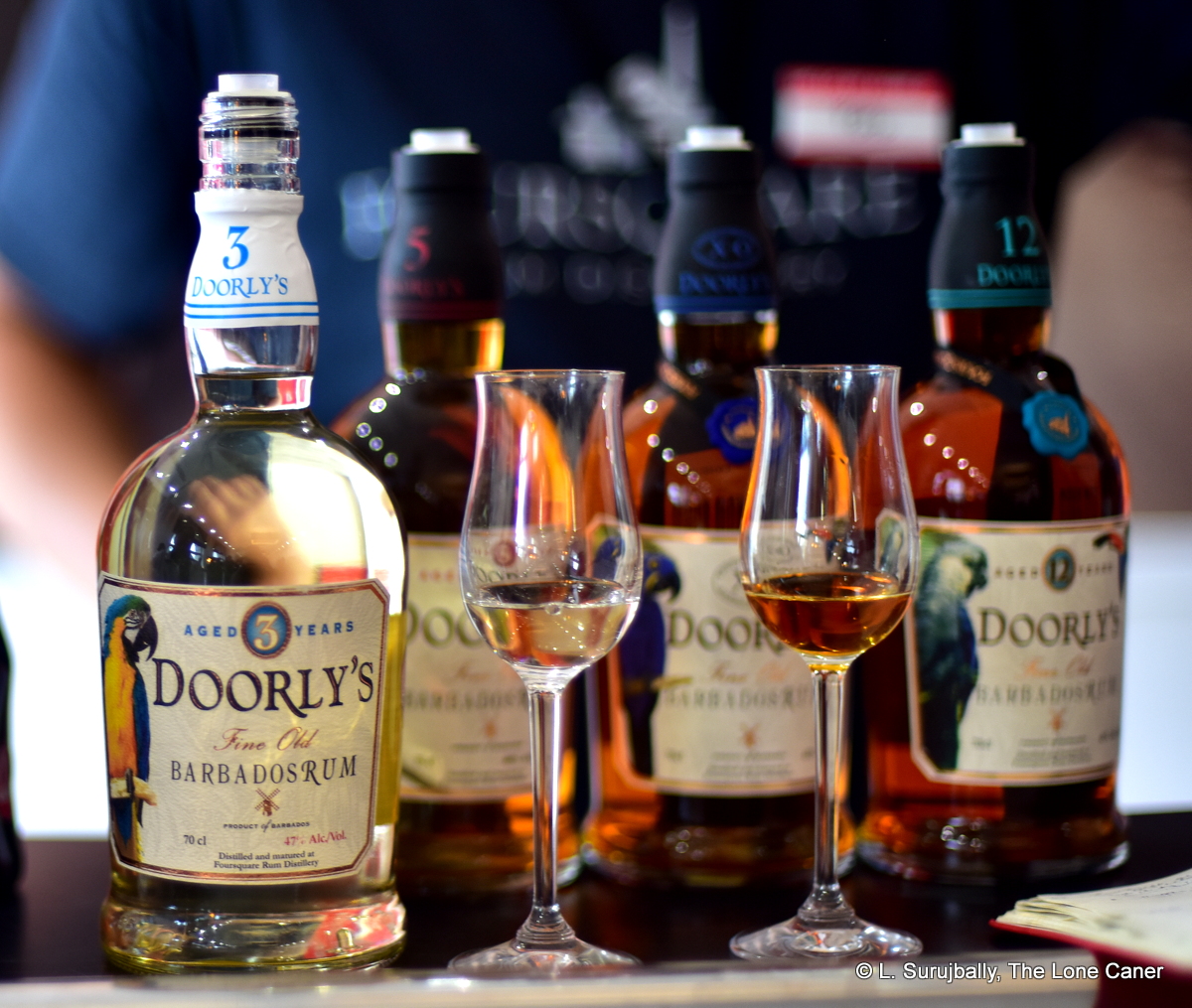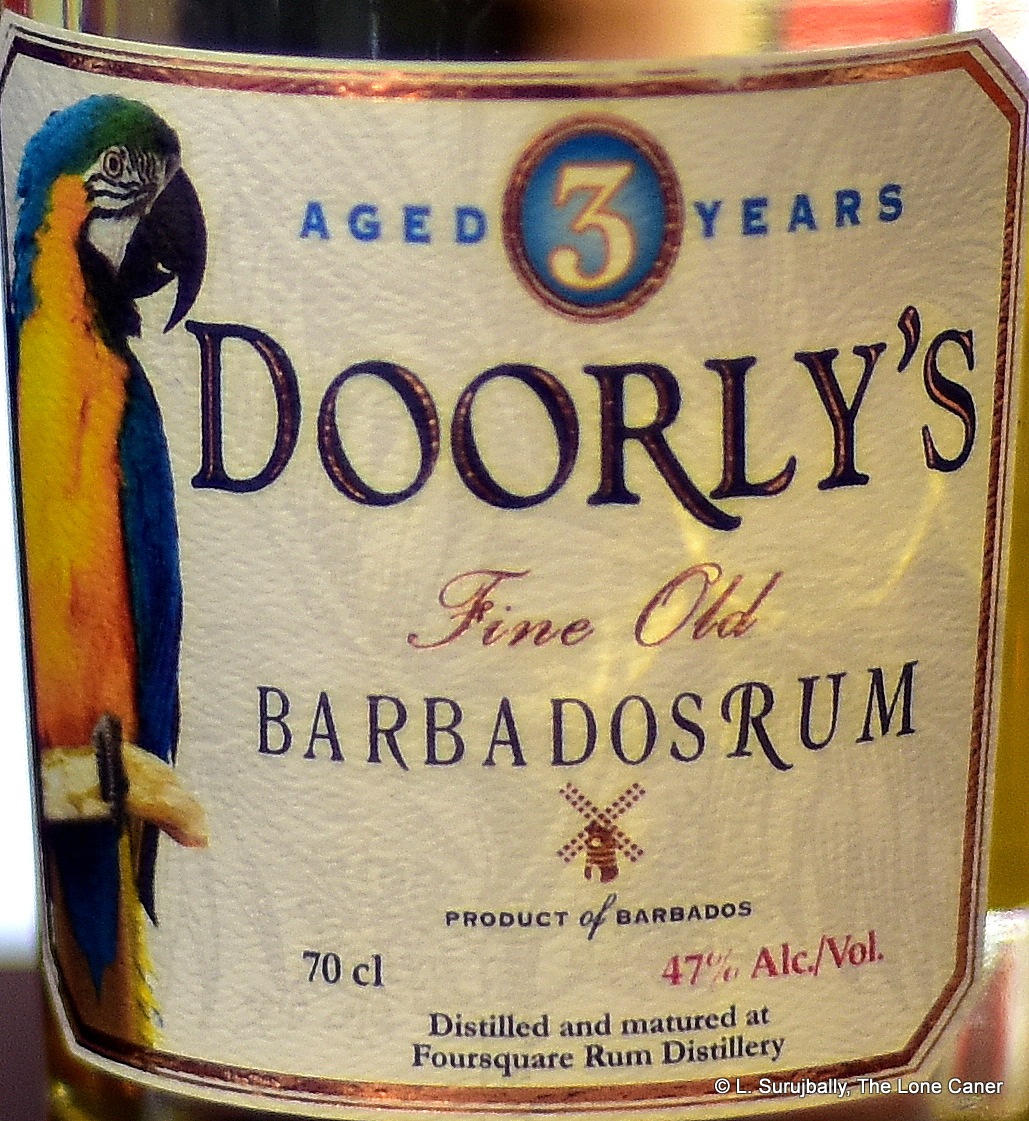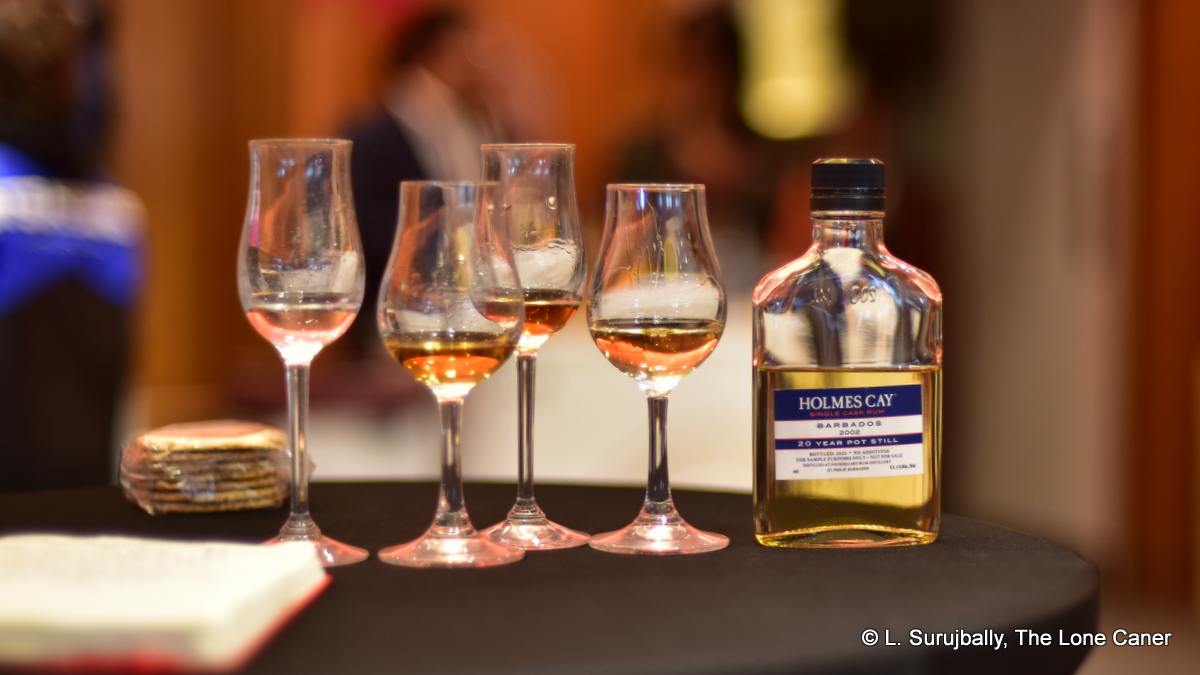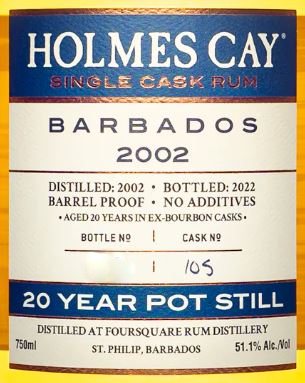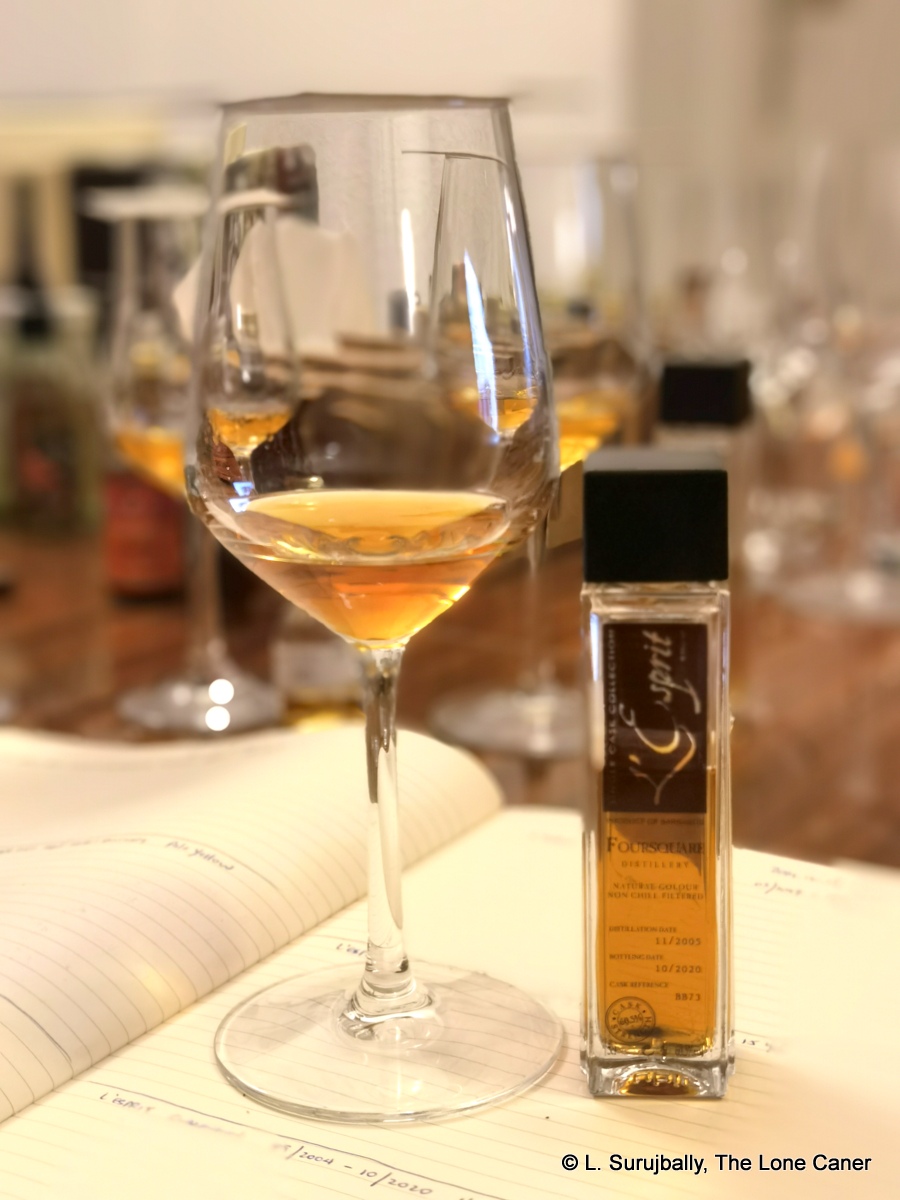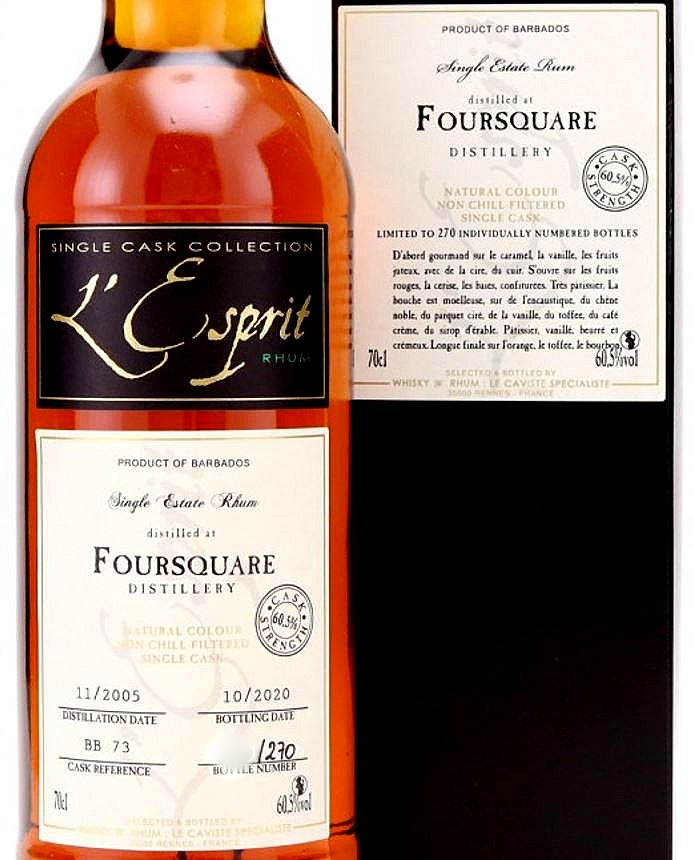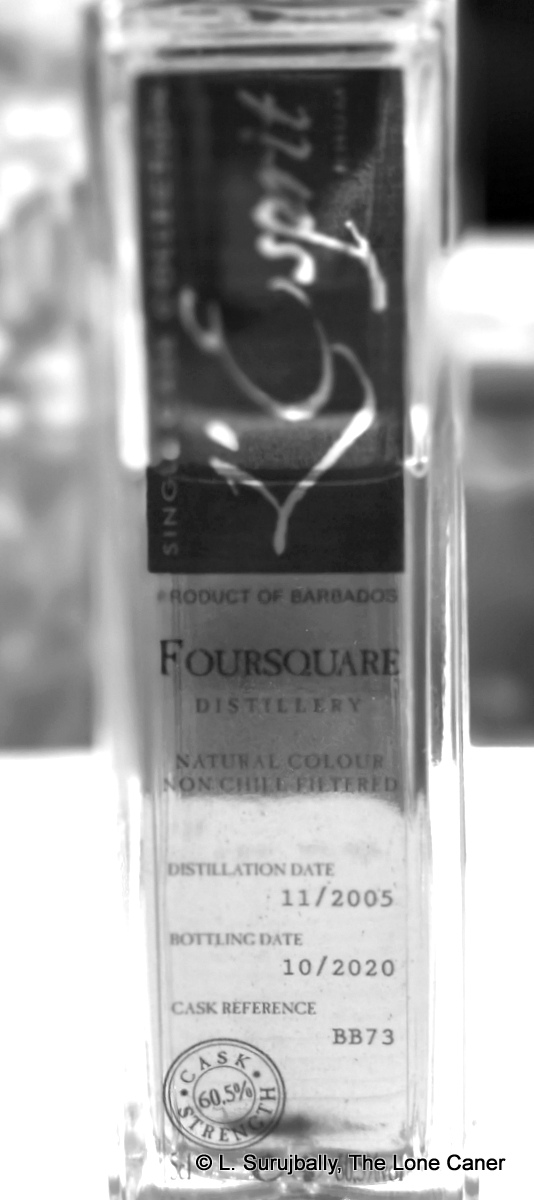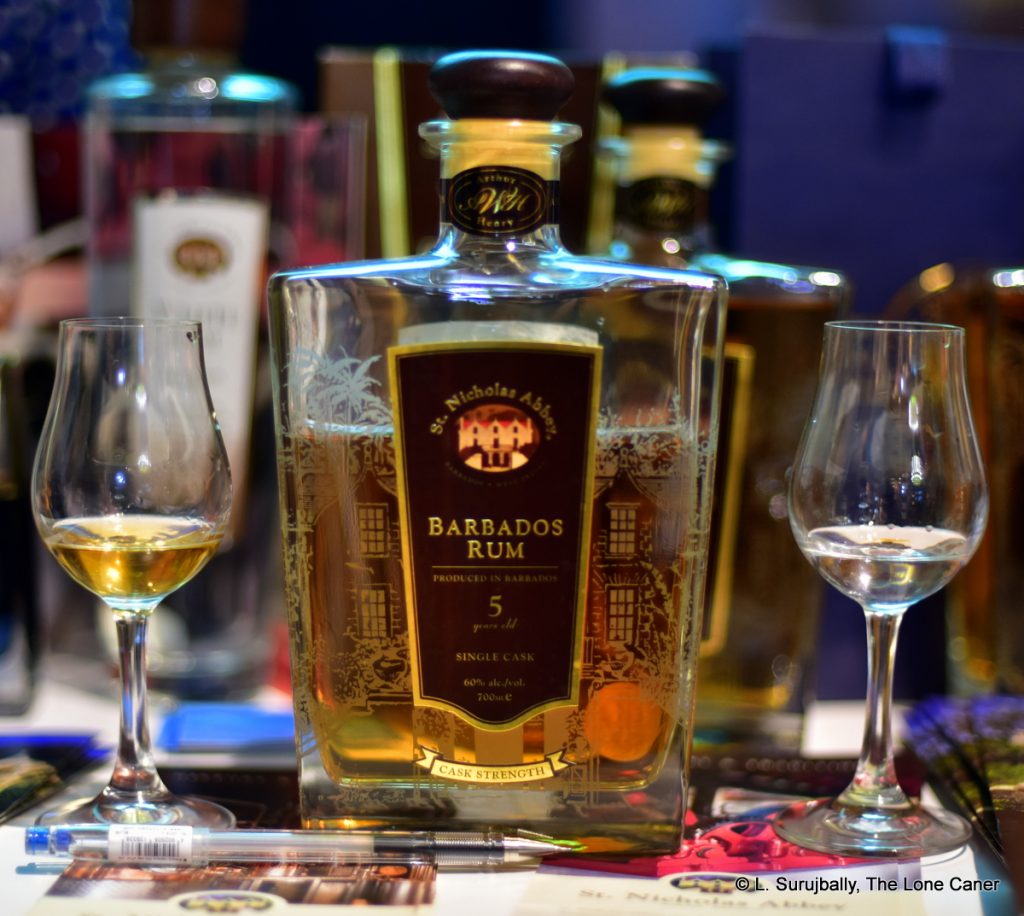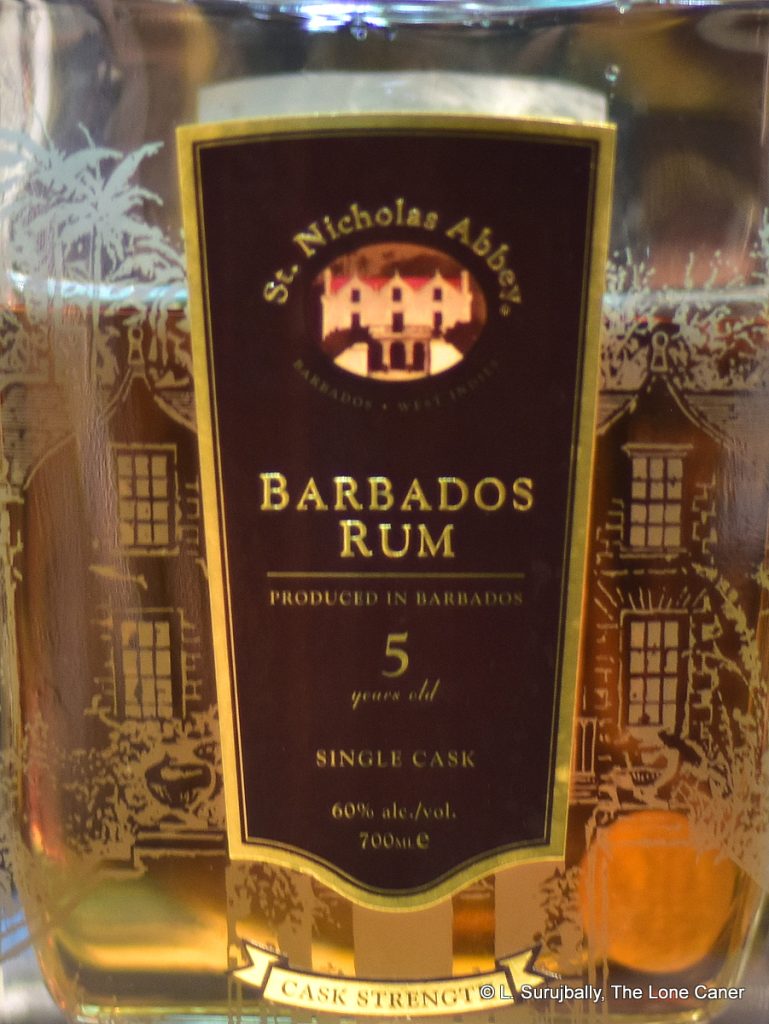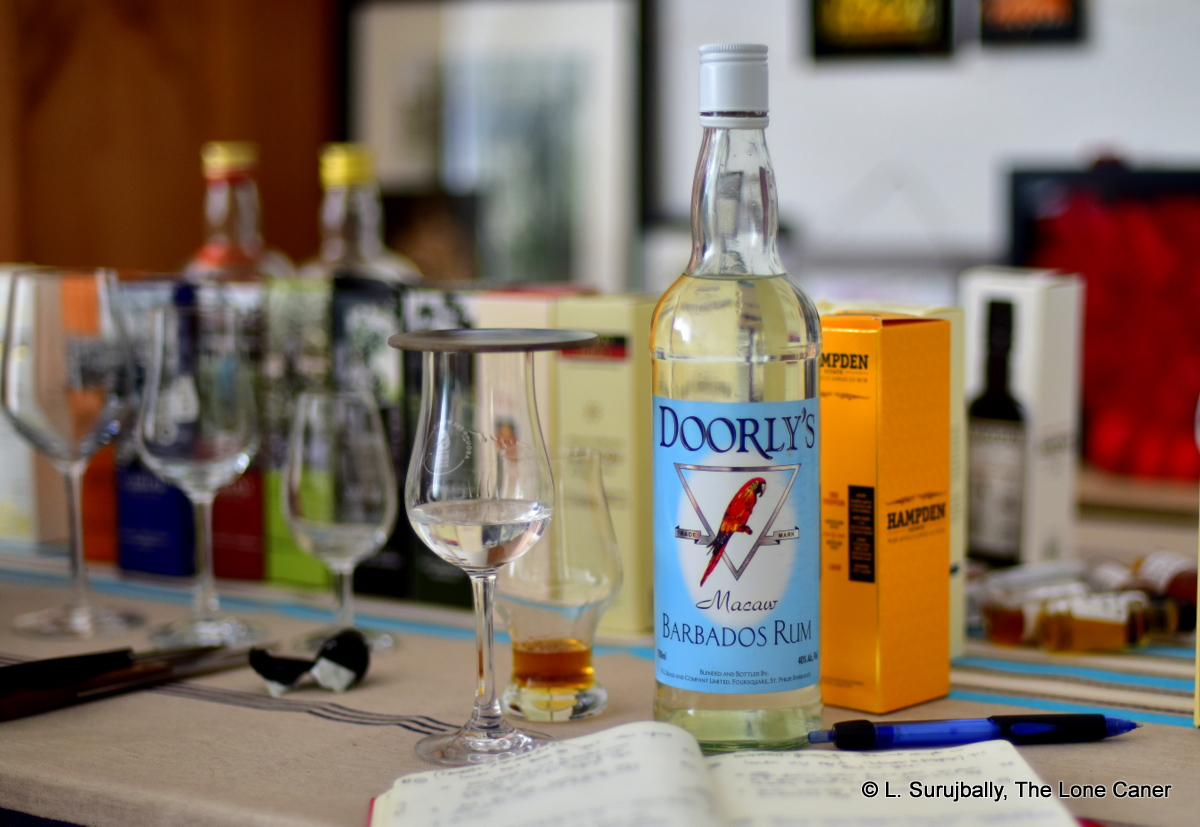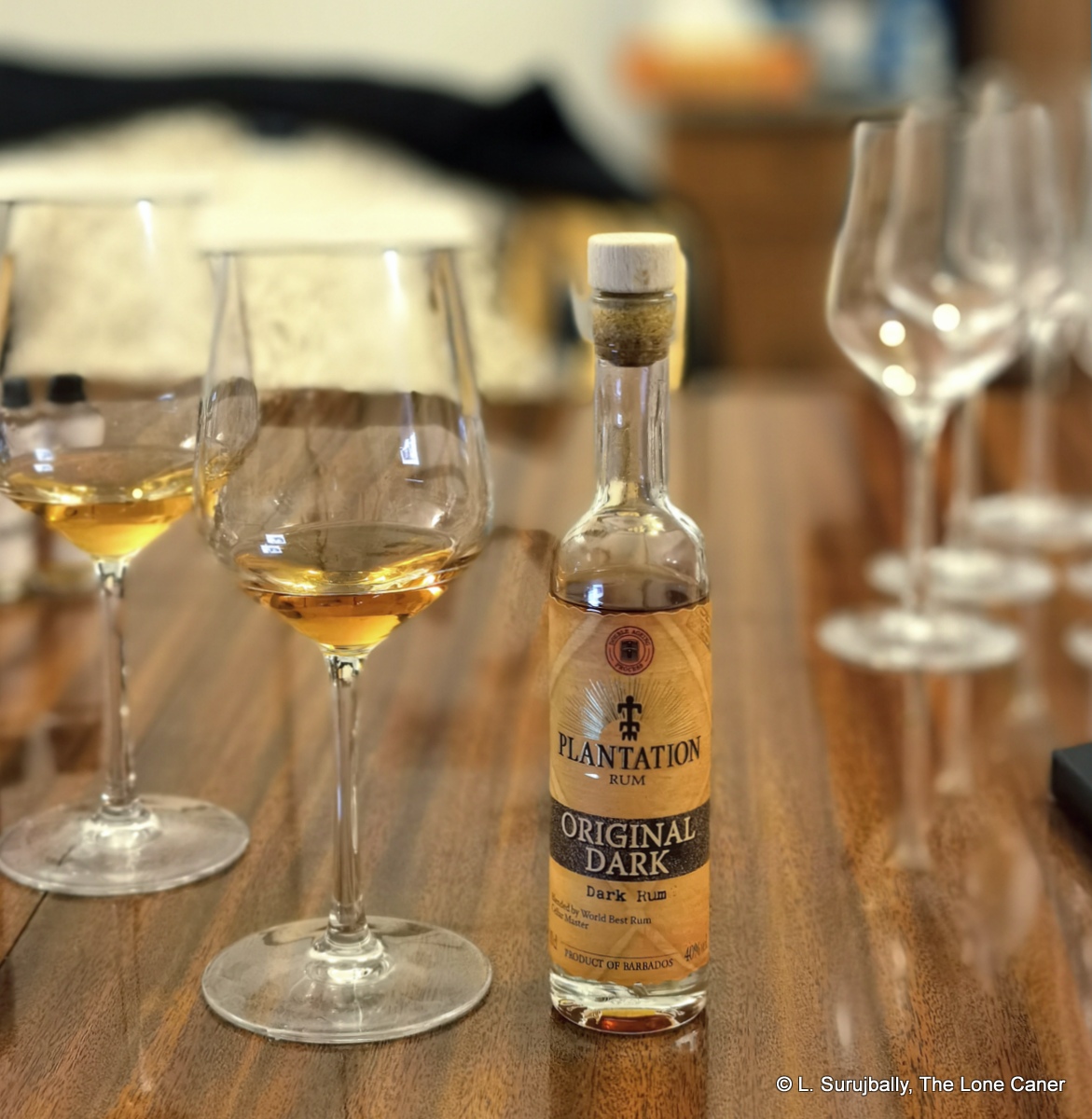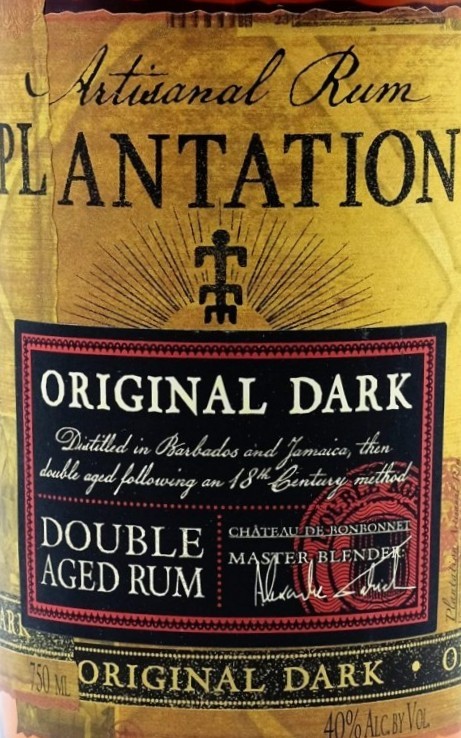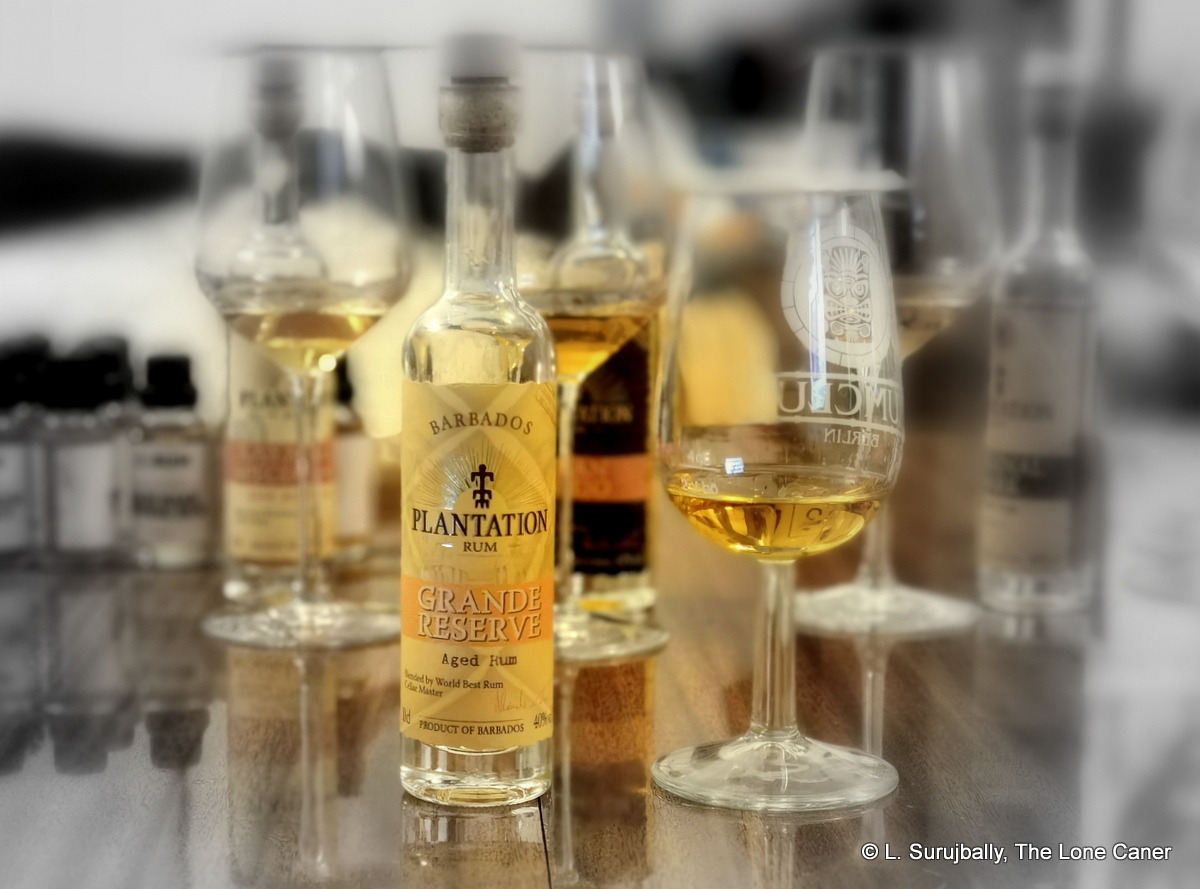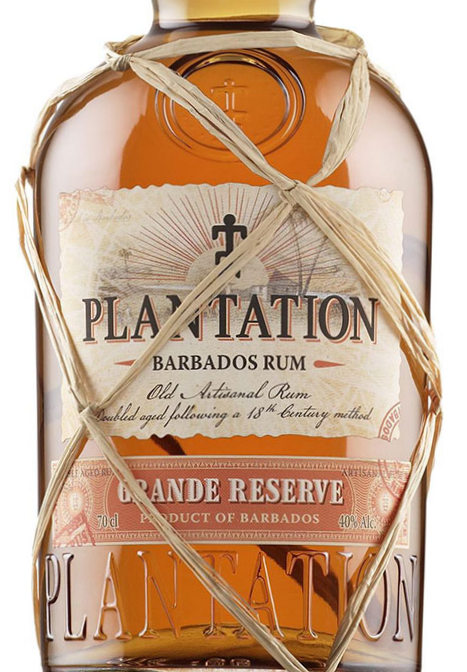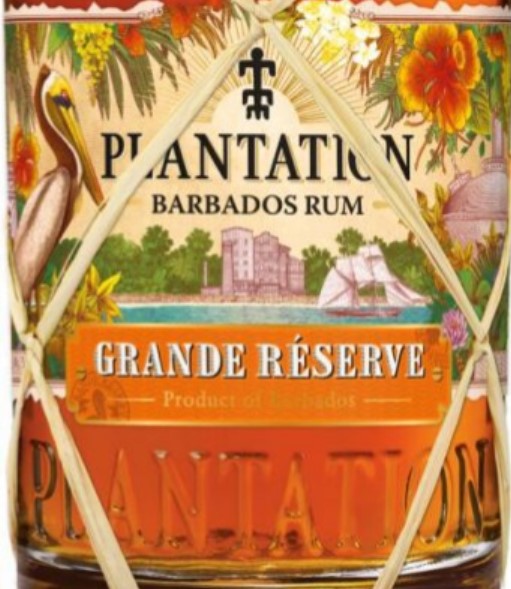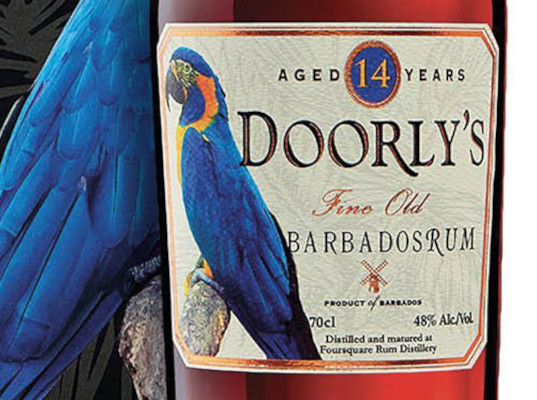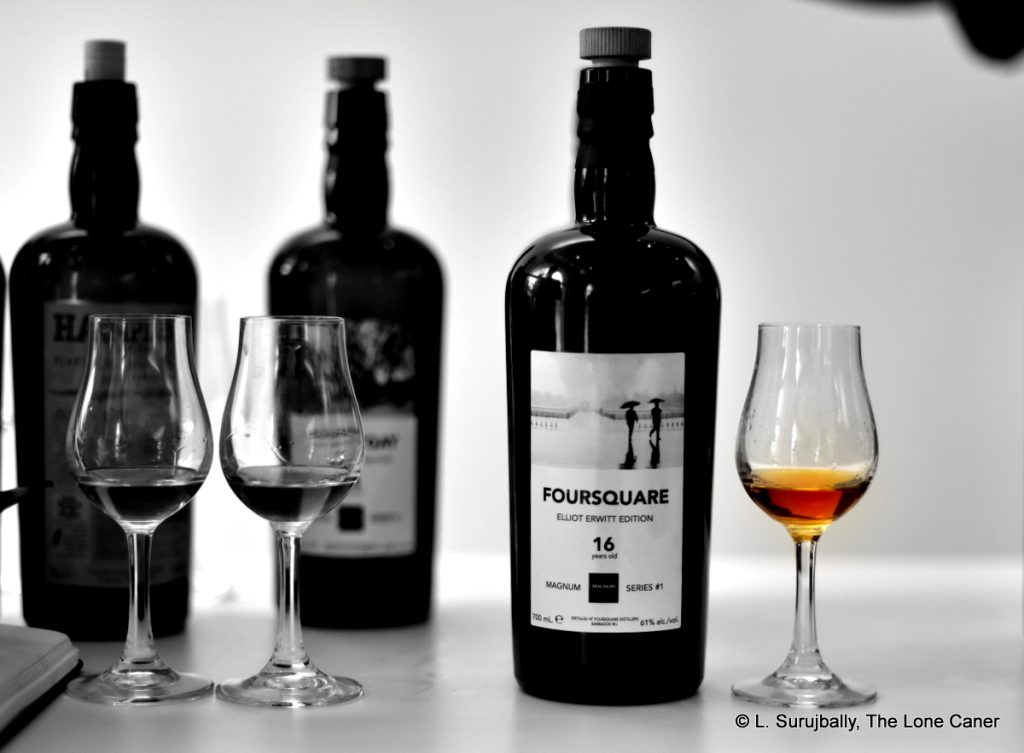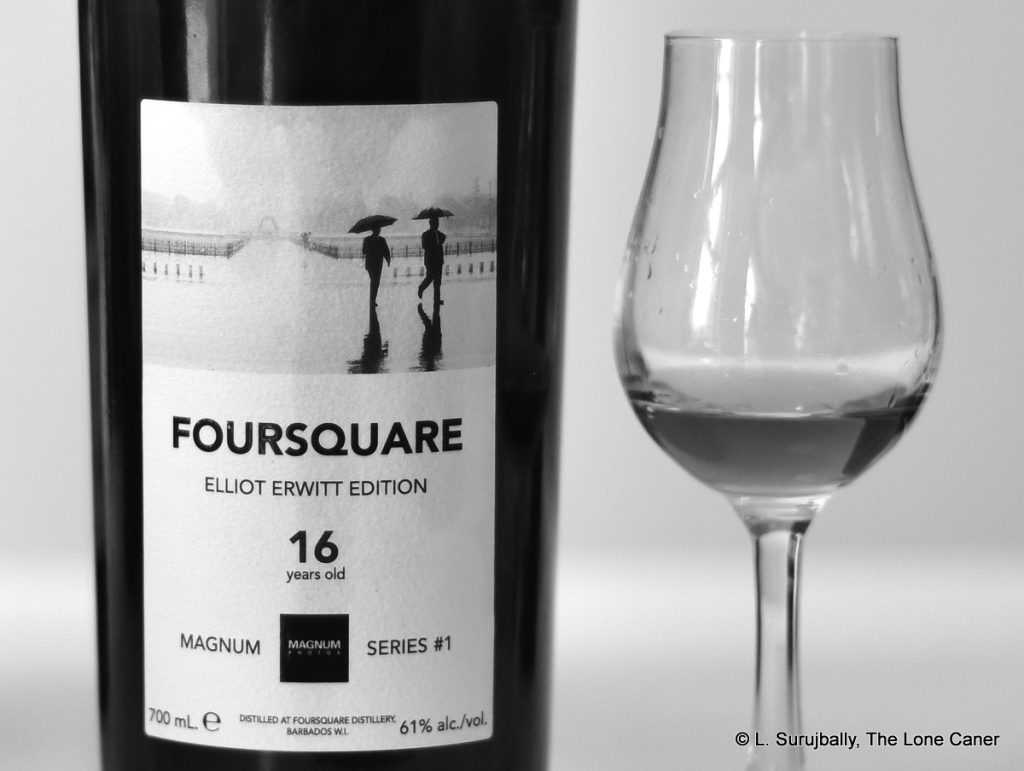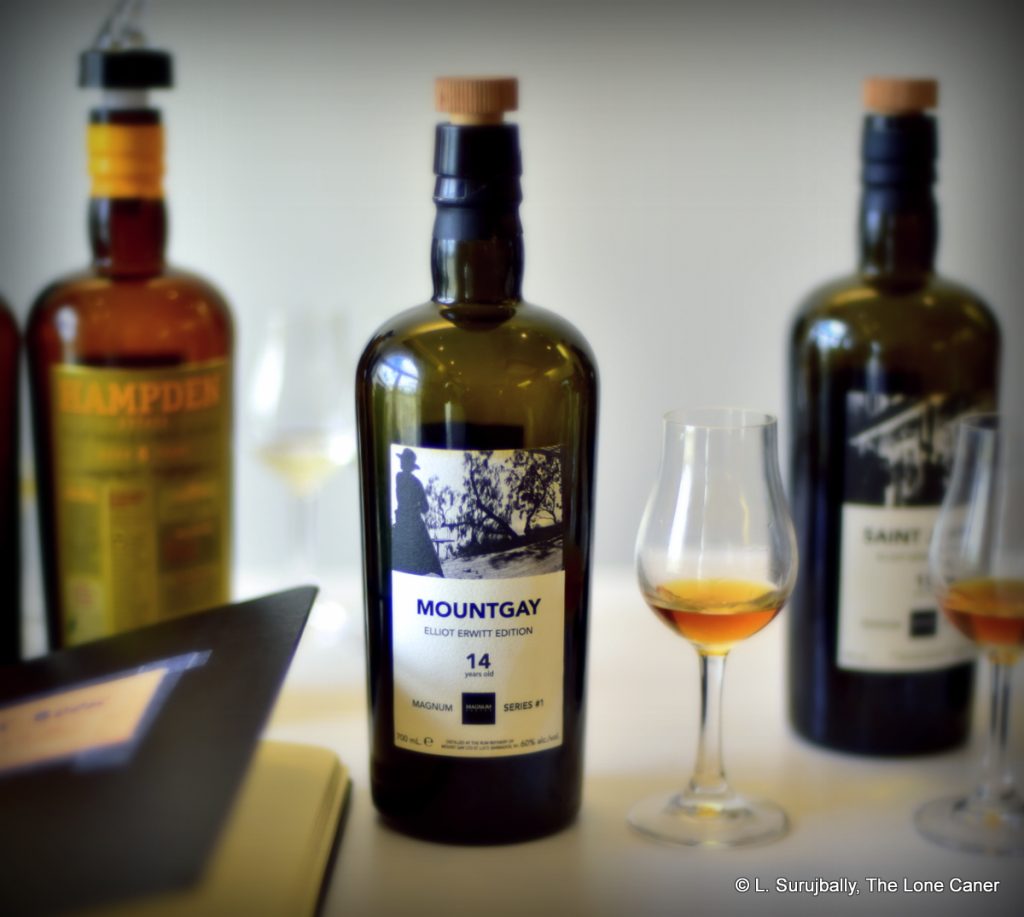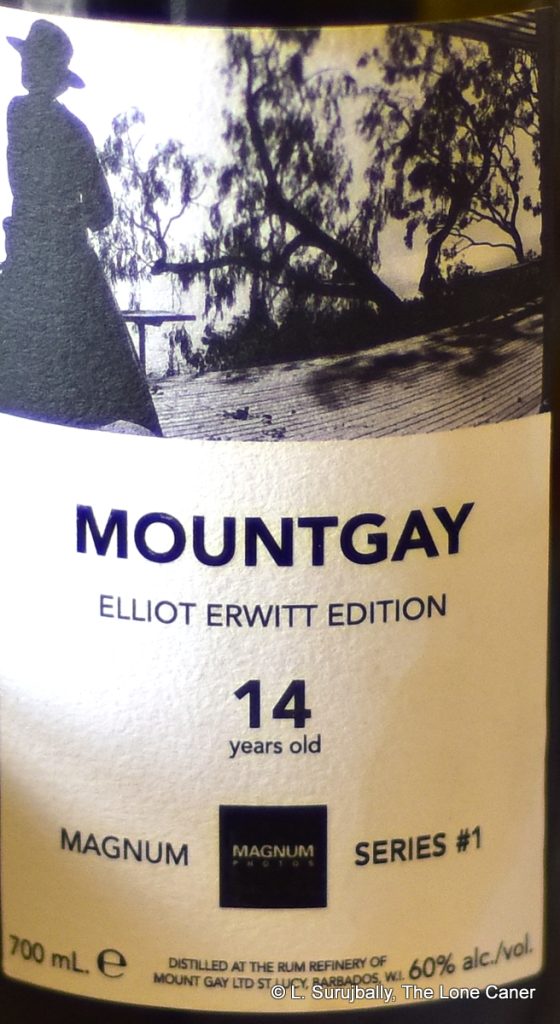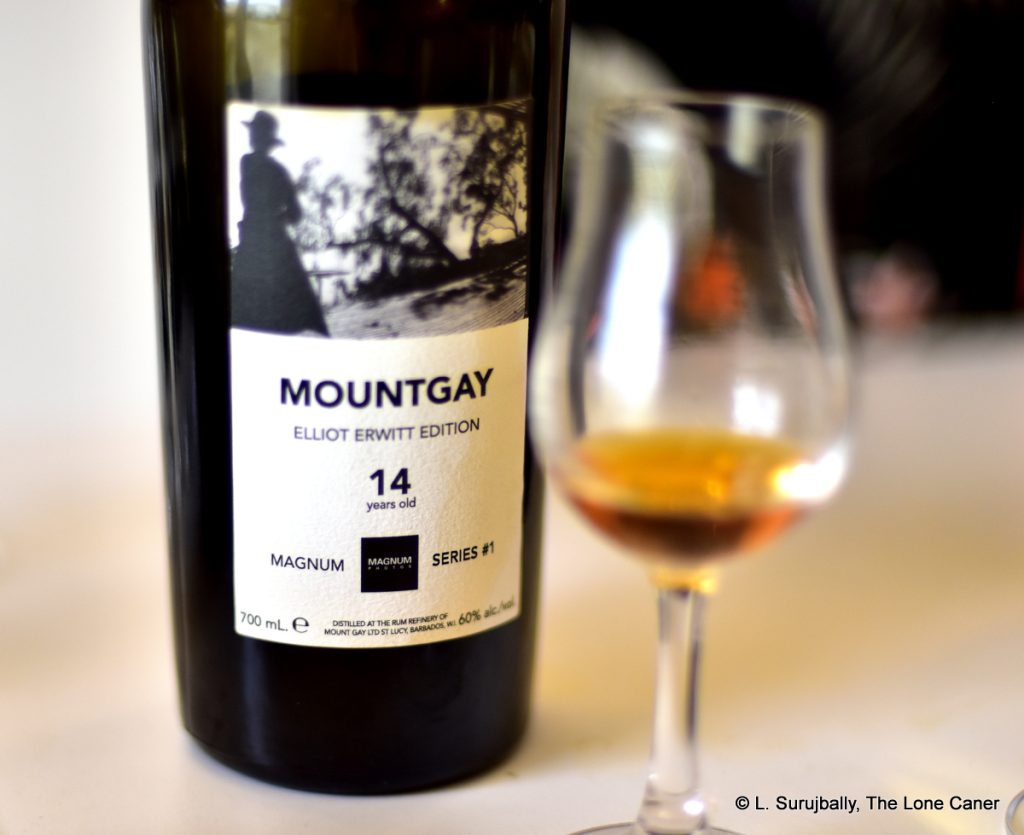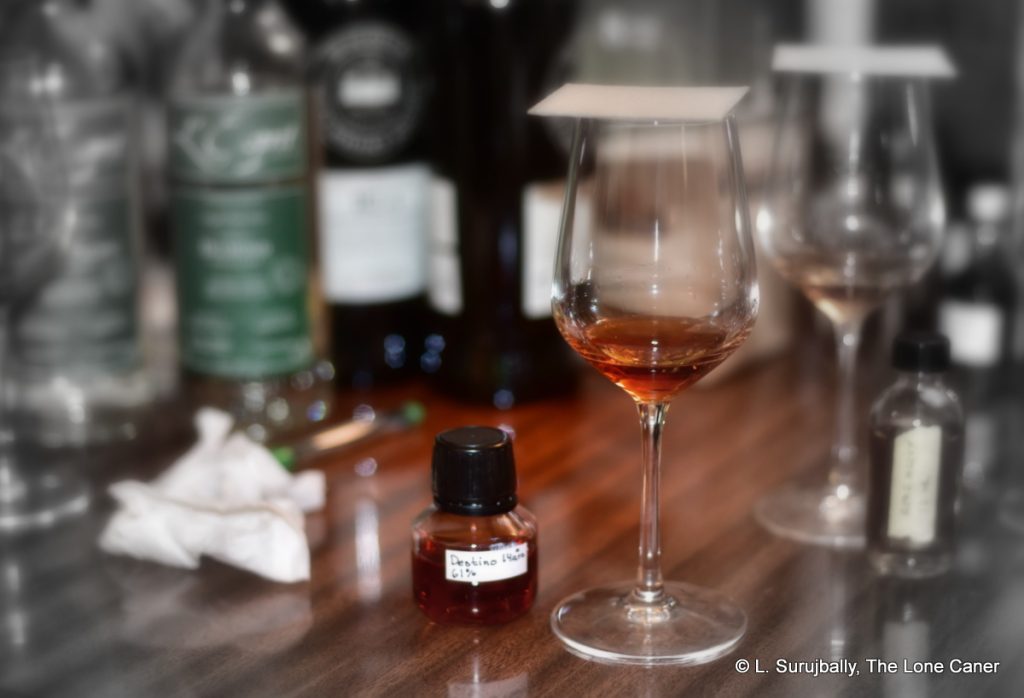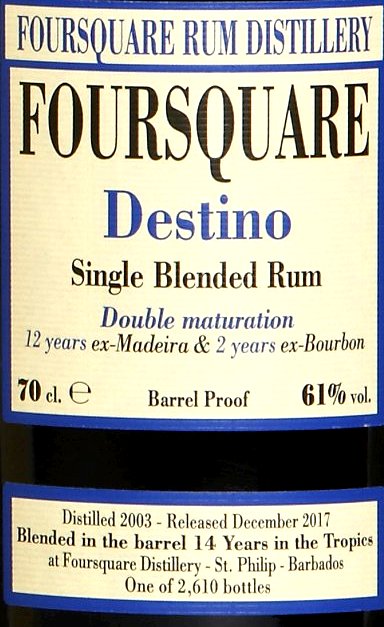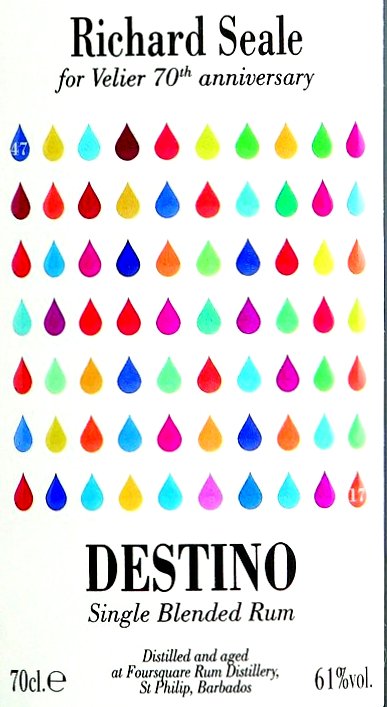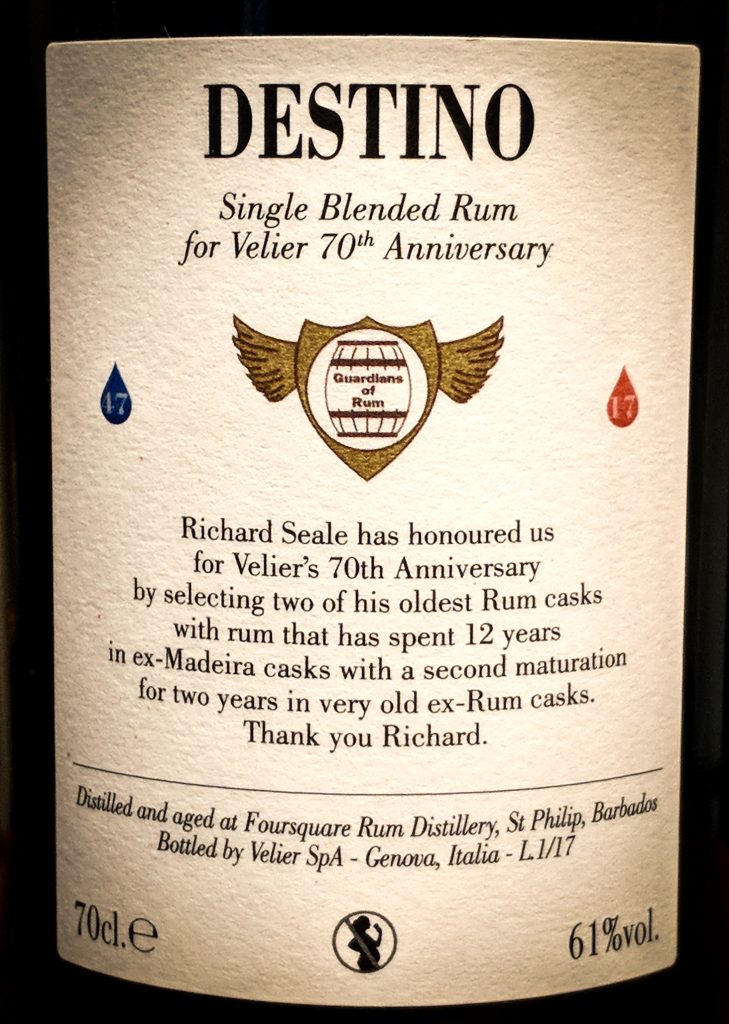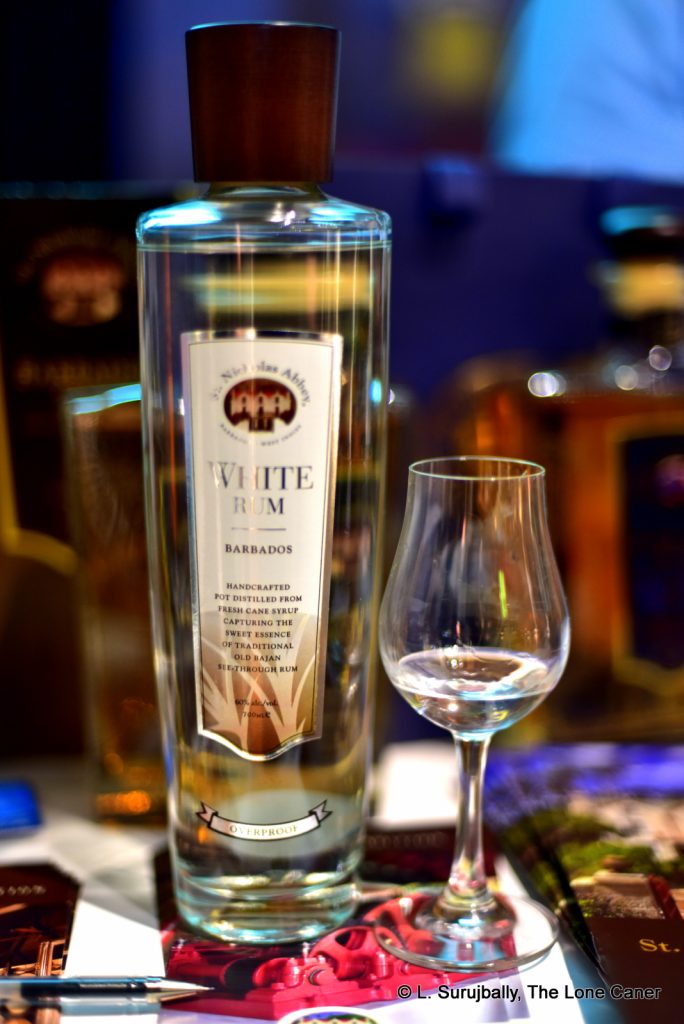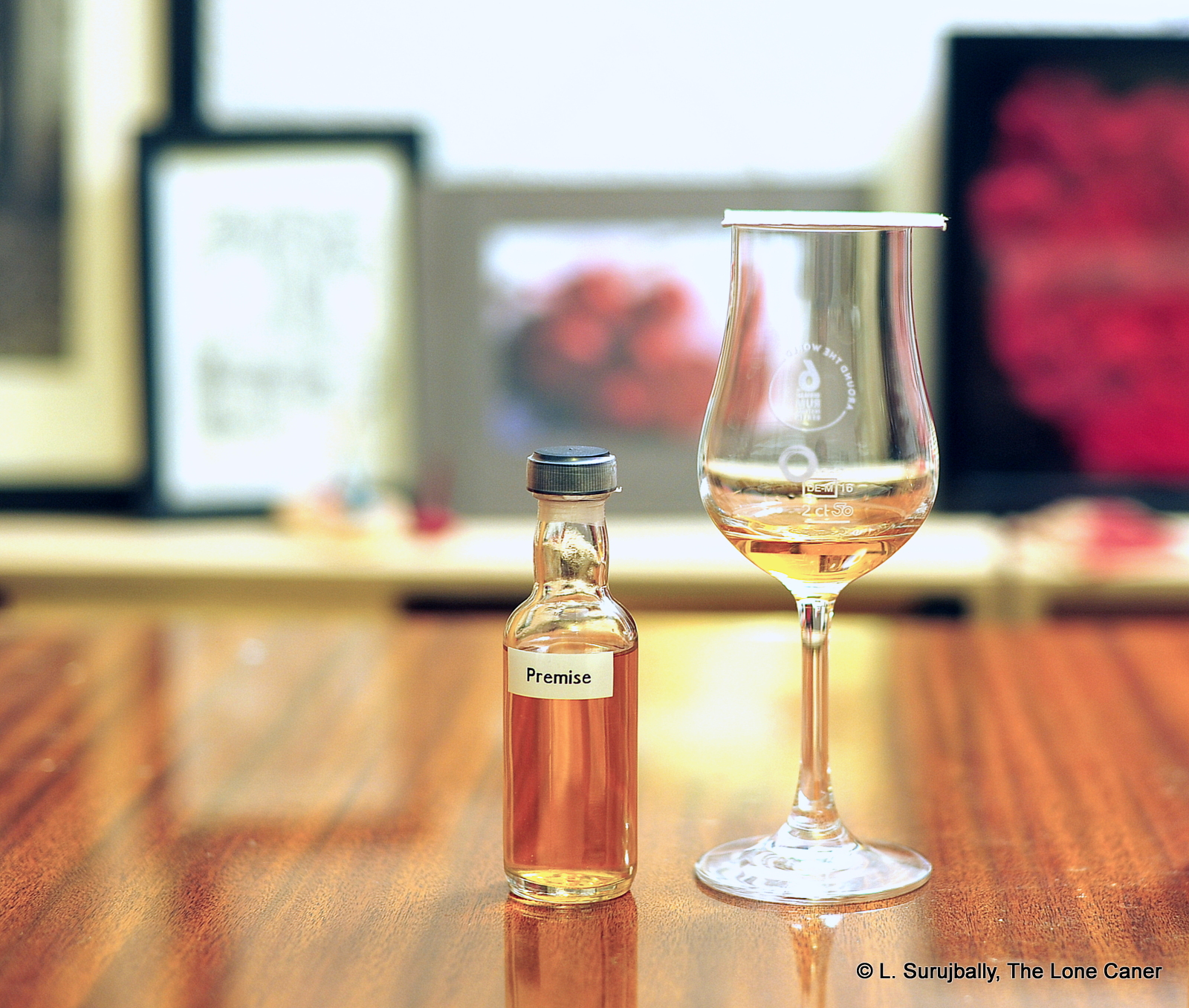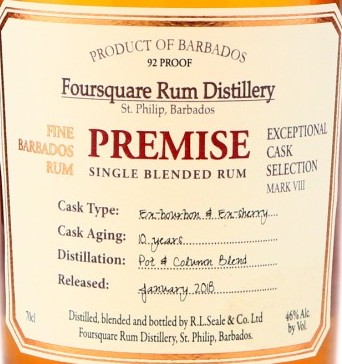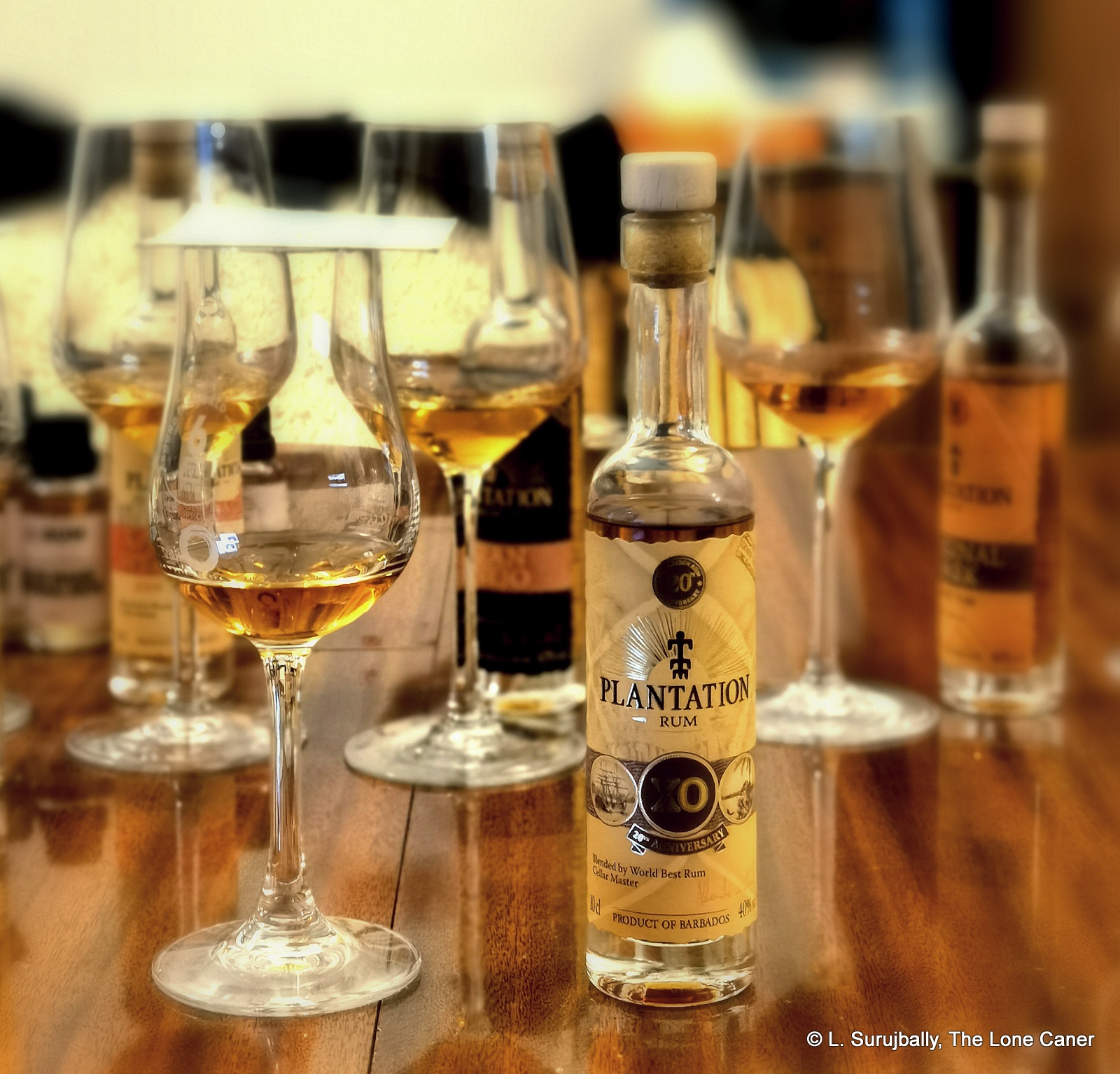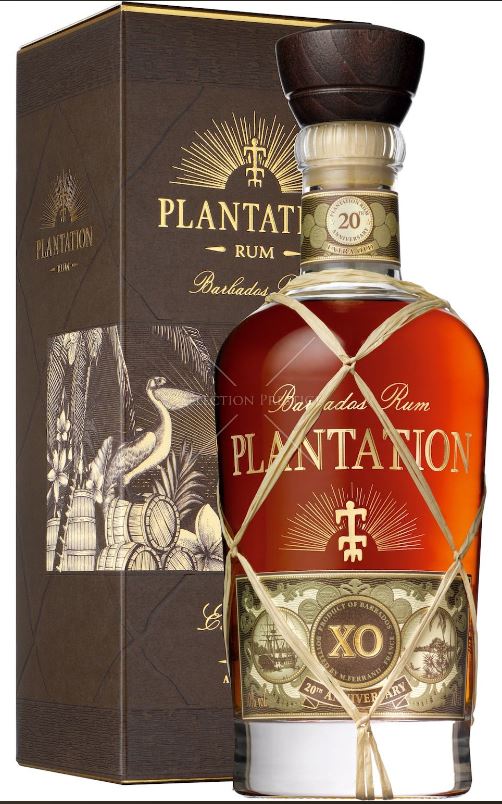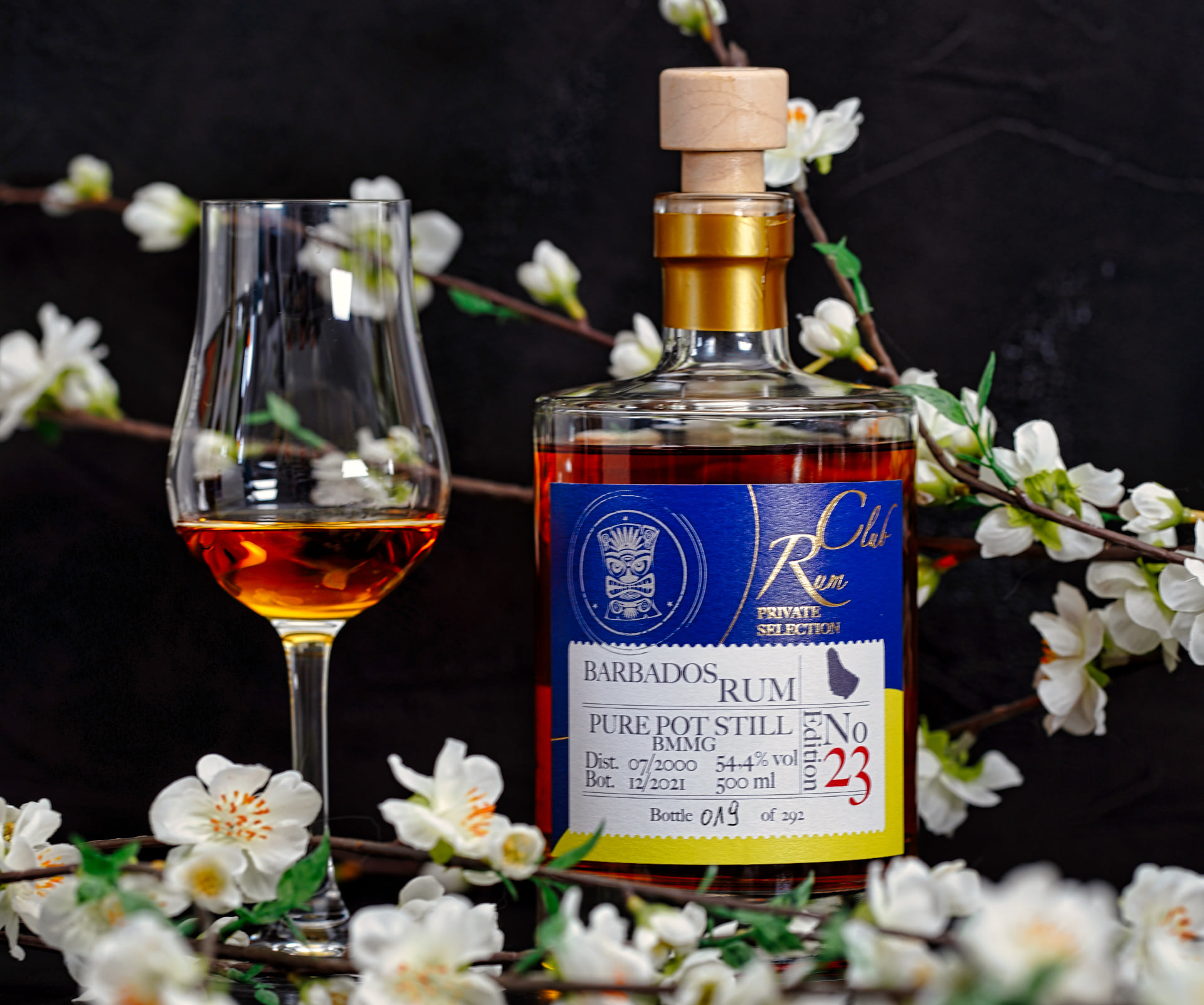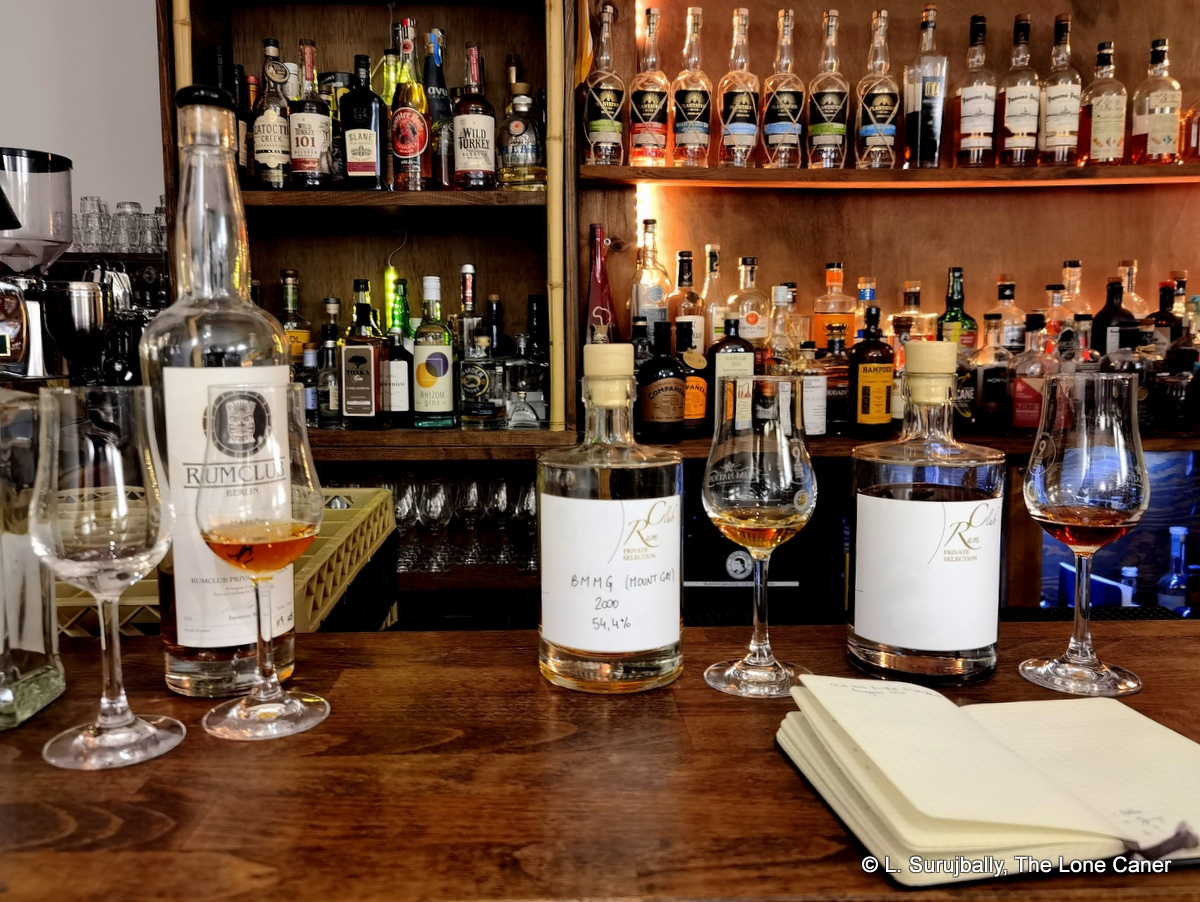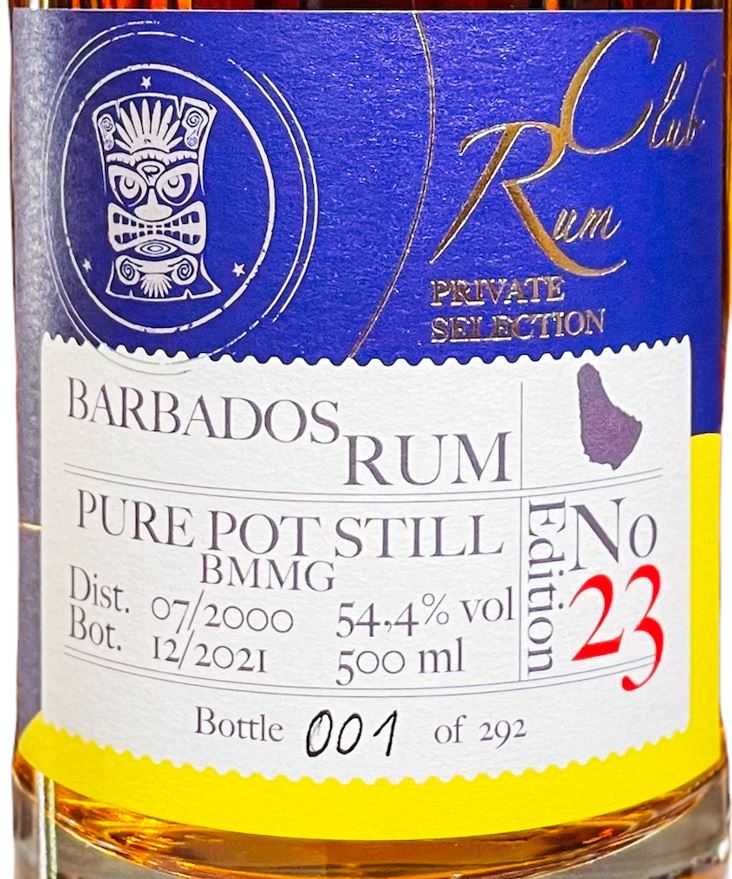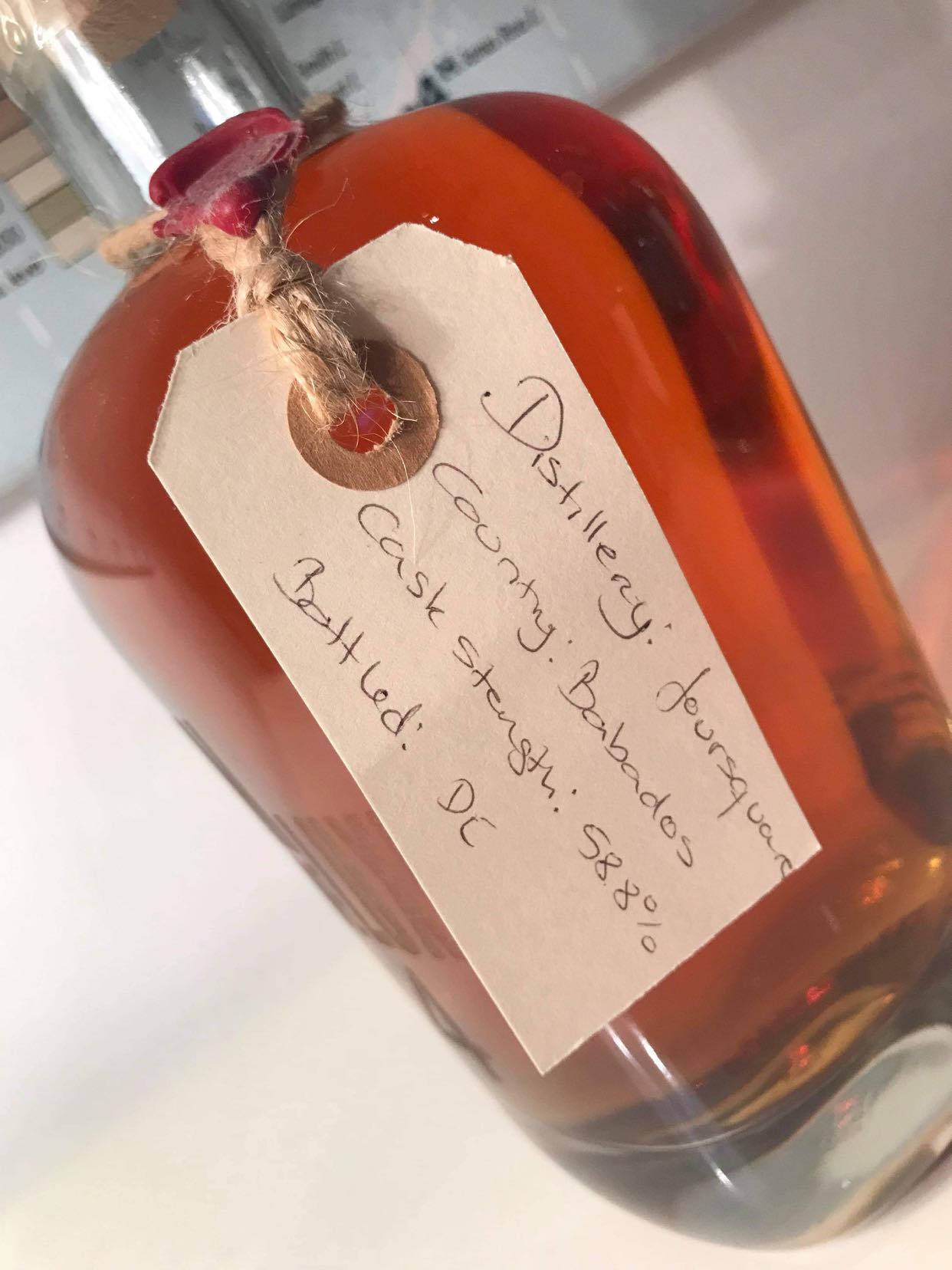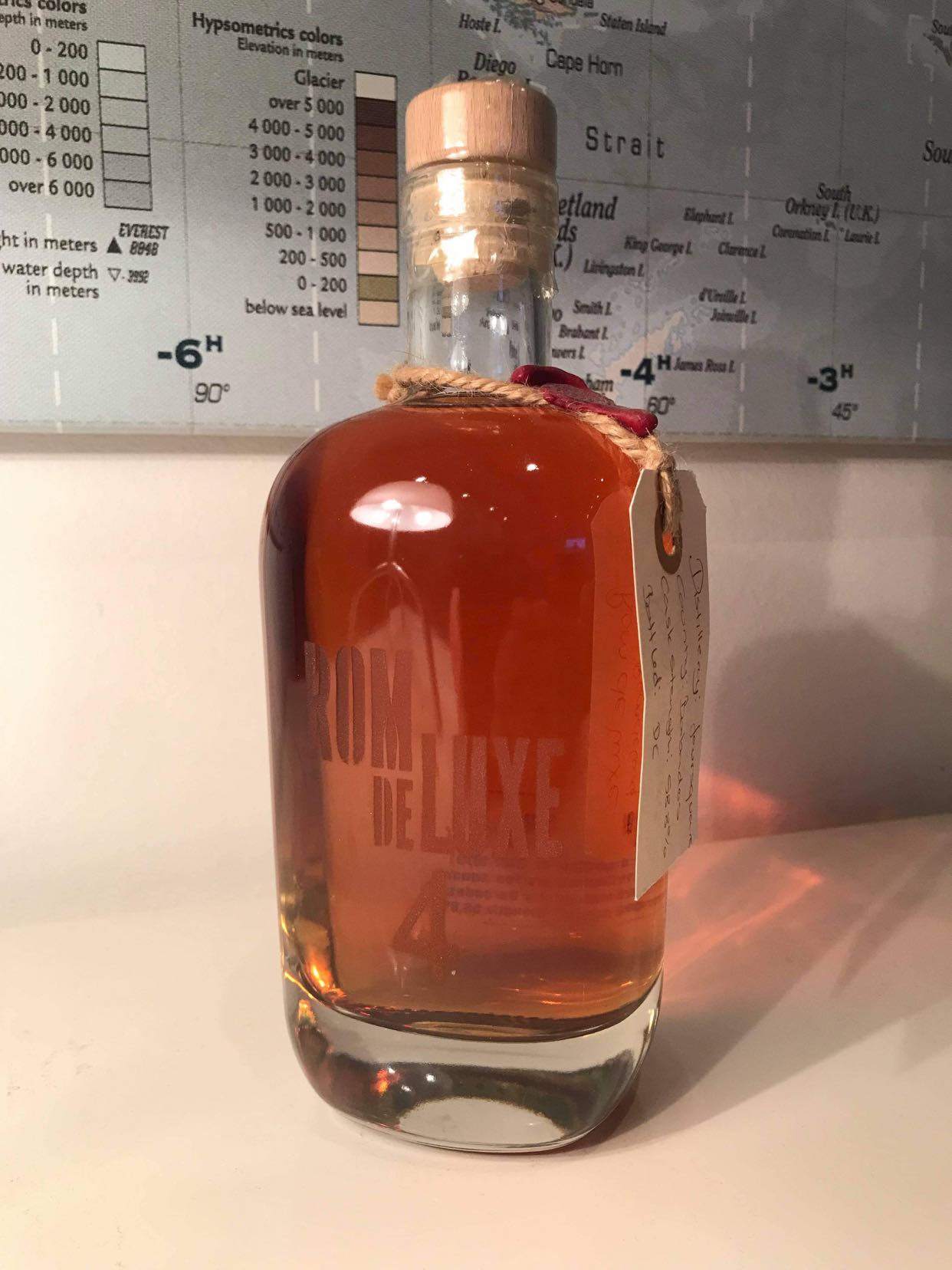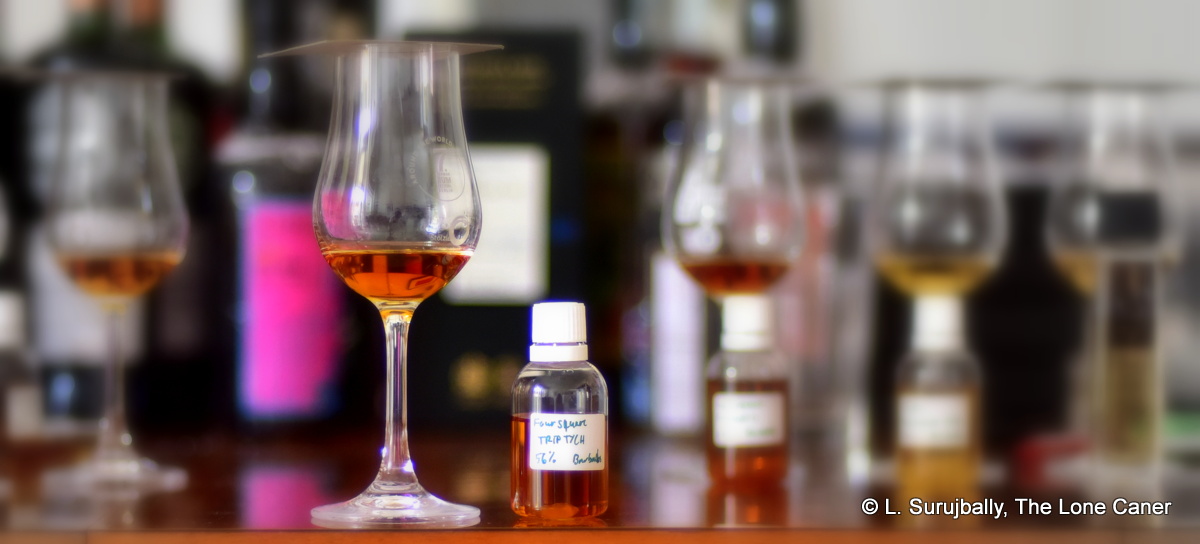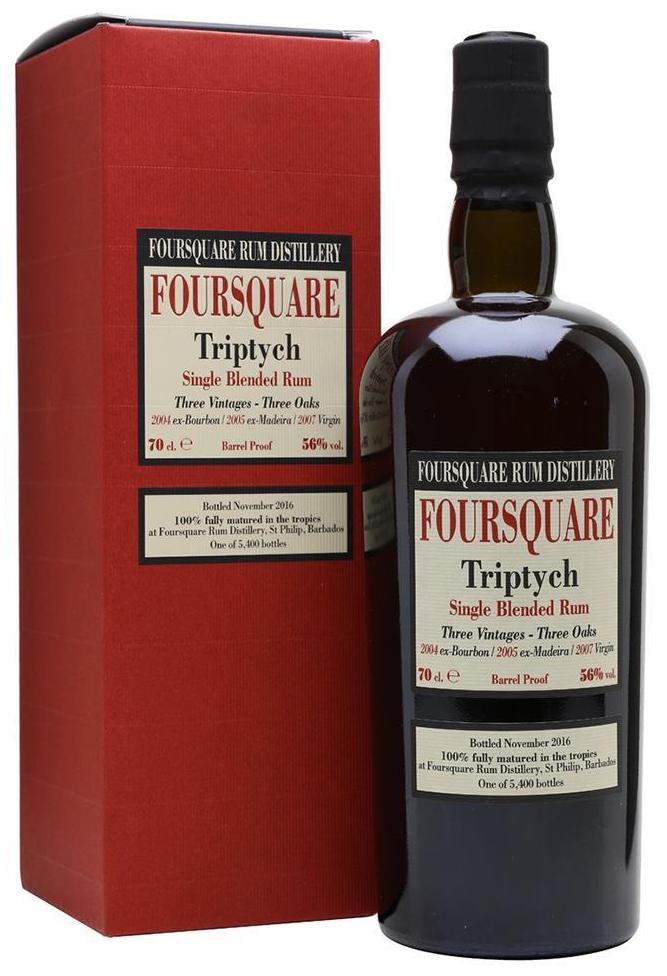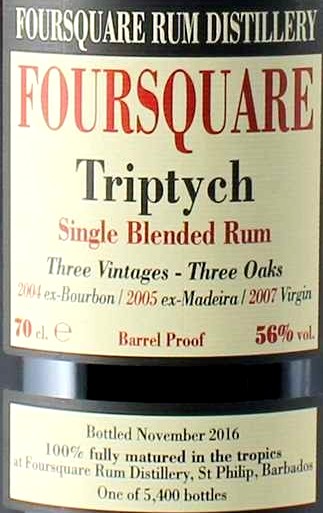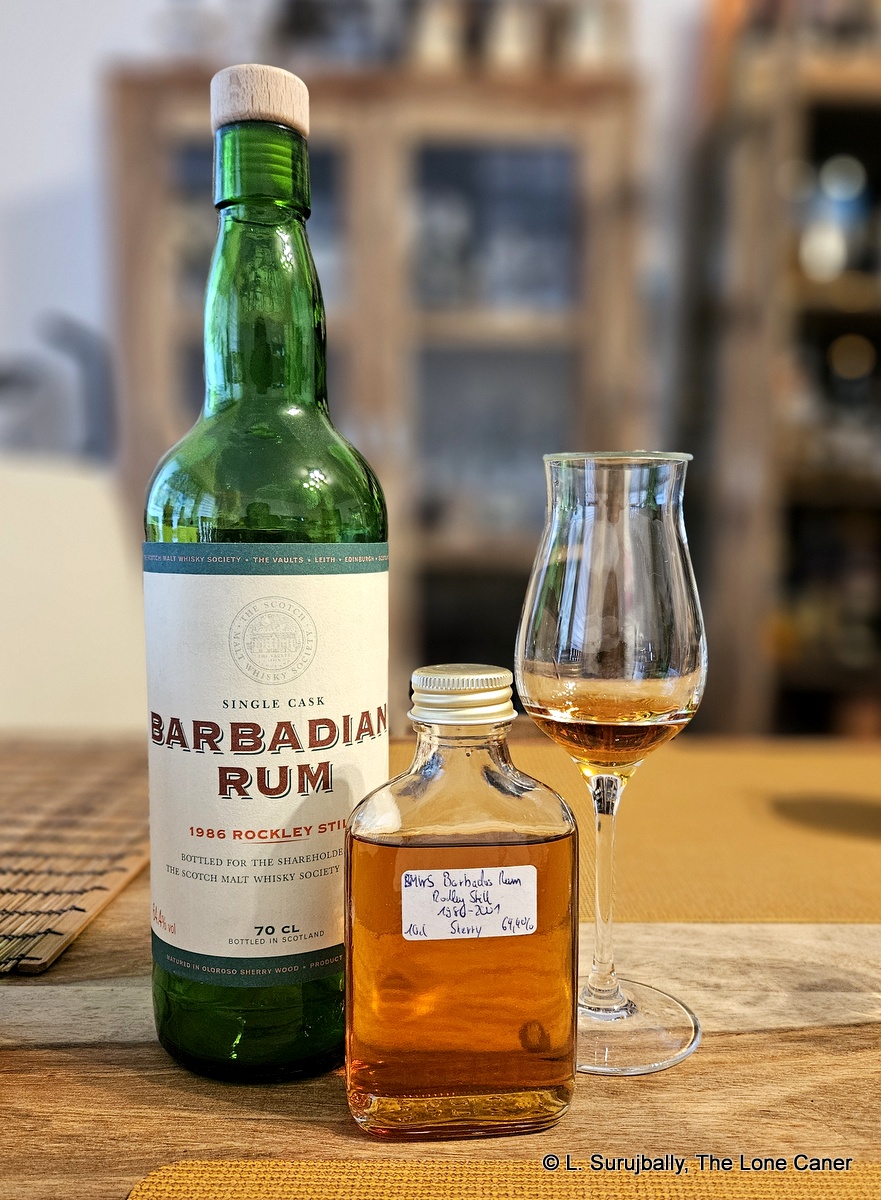 If one were discussing rum, I suppose you could call the SMWS among the first of the modern independent bottlers, alongside Samaroli, Moon Imports, Velier, Rum Nation and Renegade (and not a few whisky companies like Cadenhead, Gordon & MacPhail and AD Rattray). The expense of their bottlings, their relative scarcity – the subscription model discourages casual punters looking for cheap deals on single cask offerings which are never found in stores – the striking bottle appearance, and their amusing numbering system have certainly given them a visual and mental cachet few others can match.
If one were discussing rum, I suppose you could call the SMWS among the first of the modern independent bottlers, alongside Samaroli, Moon Imports, Velier, Rum Nation and Renegade (and not a few whisky companies like Cadenhead, Gordon & MacPhail and AD Rattray). The expense of their bottlings, their relative scarcity – the subscription model discourages casual punters looking for cheap deals on single cask offerings which are never found in stores – the striking bottle appearance, and their amusing numbering system have certainly given them a visual and mental cachet few others can match.
However, my feeling has always been, and remains, that they refuse to accept that there is a serious market for rum if reasonably priced and well made, and having hitched their wagon to whiskies of all kinds, they are loath to change with the times except with an occasional casual nod to the category. Which is a shame, I think, given their resources. I’ve probably bought more than most (and shared them) and find them almost without exception to be quite competent selections.
There are three of their rums, however, which I consider minor grail quests of my own, and those are the Barbados (WIRR, “Rockley Still”), Guyana (Port Mourant) and Jamaica (Monymusk) rums, all released in 2001 — to shareholders only. None of these had a numbering system (R1.x, R2.x etc), the label was all different, and they were never, as far as I am aware, put up for sale to the subscribing public. It has been my extreme good fortune to spend some time with the famed rum blogger Marco Freyer (of Barrel Aged Mind) – and he had all three, of which this was the only one that was opened (I have dibs on samples for the other two when he cracks them). It is my conjecture that these early releases were a toe in the water, which were so unappreciated that it wasn’t in 2011 that serious bottlings began to take place.
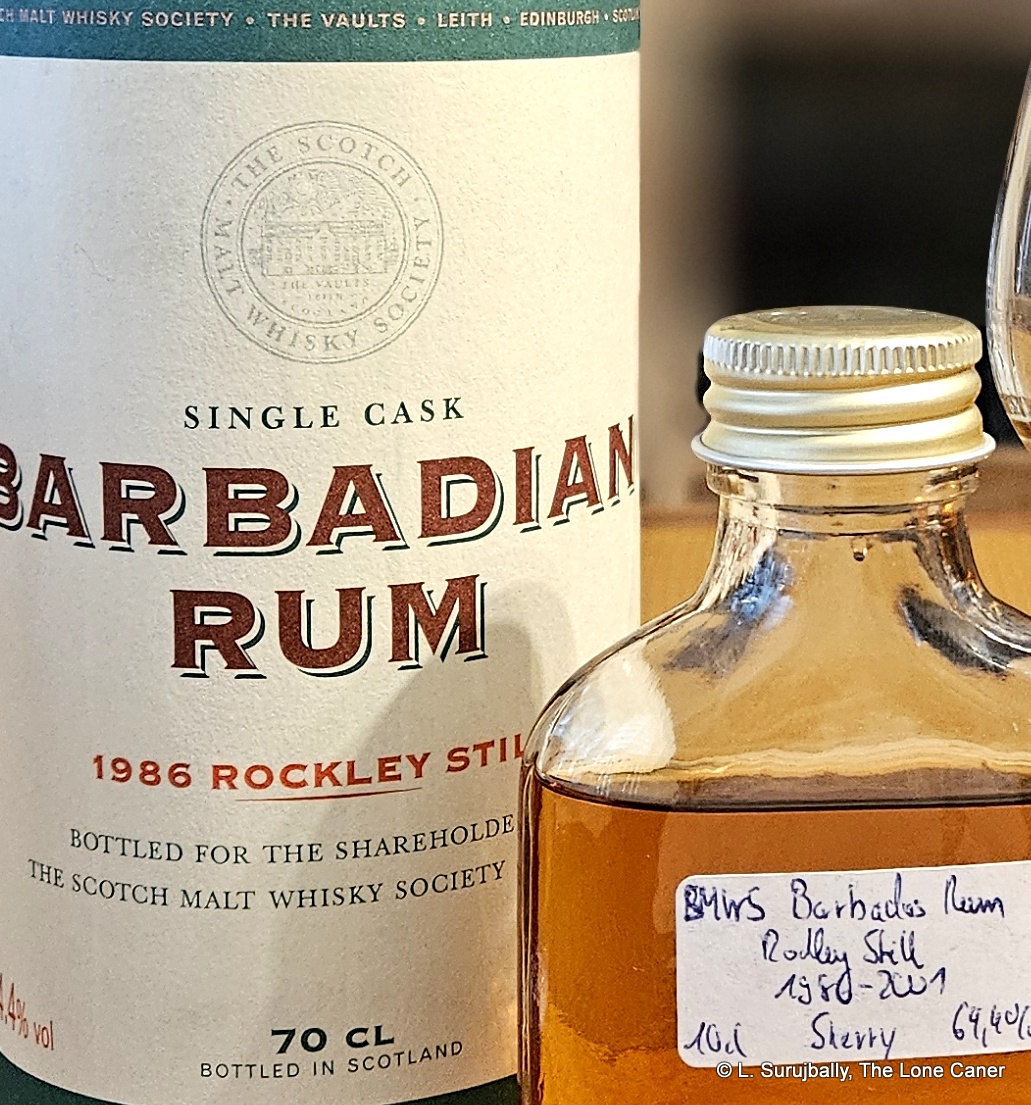 So what about this one, then? Well it’s from that famous, if mythical Barbadian “Rockley Still” (follow the link for an extended discussion of what this is), distilled in 1986, finished in a sherry cask, bottled in 2001, column still, 15 years old and clocks in at a hefty 64.4% strength. There have been several such 1986 Rockley editions over the years from bottlers as varied as Berry Bros. & Rudd, Samaroli, Cadenhead, Rendsburger, Secret Treasures, Plantation and Bristol Spirits, but for the purposes of this review, let’s just accept it as a sub-style within the Barbadian canon, rather than a true still descriptor.
So what about this one, then? Well it’s from that famous, if mythical Barbadian “Rockley Still” (follow the link for an extended discussion of what this is), distilled in 1986, finished in a sherry cask, bottled in 2001, column still, 15 years old and clocks in at a hefty 64.4% strength. There have been several such 1986 Rockley editions over the years from bottlers as varied as Berry Bros. & Rudd, Samaroli, Cadenhead, Rendsburger, Secret Treasures, Plantation and Bristol Spirits, but for the purposes of this review, let’s just accept it as a sub-style within the Barbadian canon, rather than a true still descriptor.
Nose first. Well, it’s interesting, for sure. It smells of burnt bell peppers and grilled tomatoes in a sour miso soup, and is quite ferocious, which is understandable given the strength, although somewhat less so given that the ageing should have sanded off some more of the rough edges. Some raisins, dates, plums, and a very light citrus line. It gets stranger, too: after ten minutes, there was a sort of ashy aroma to it, like a cigarette smoked in the rain, and (oddly enough) dark rye bread with a herbal cream cheese. Yeah, I know that’s odd.
Still, the palate was also interesting, and not half bad. Vanilla, cinnamon, and a sort of dusty old library tang started things off, like we were in Hogwarts restricted section or something. It was salty (think marmite), yeasty, bready, fruity — more of the raisins and darker fruits, and though these were quite shy, there was enough depth of flavour here for me to think the word luscious is not entirely inappropriate. Finish was fine, nothing new, some yeasty, sharp and ashy notes, a few fruity bits and pieces, lasting decently long
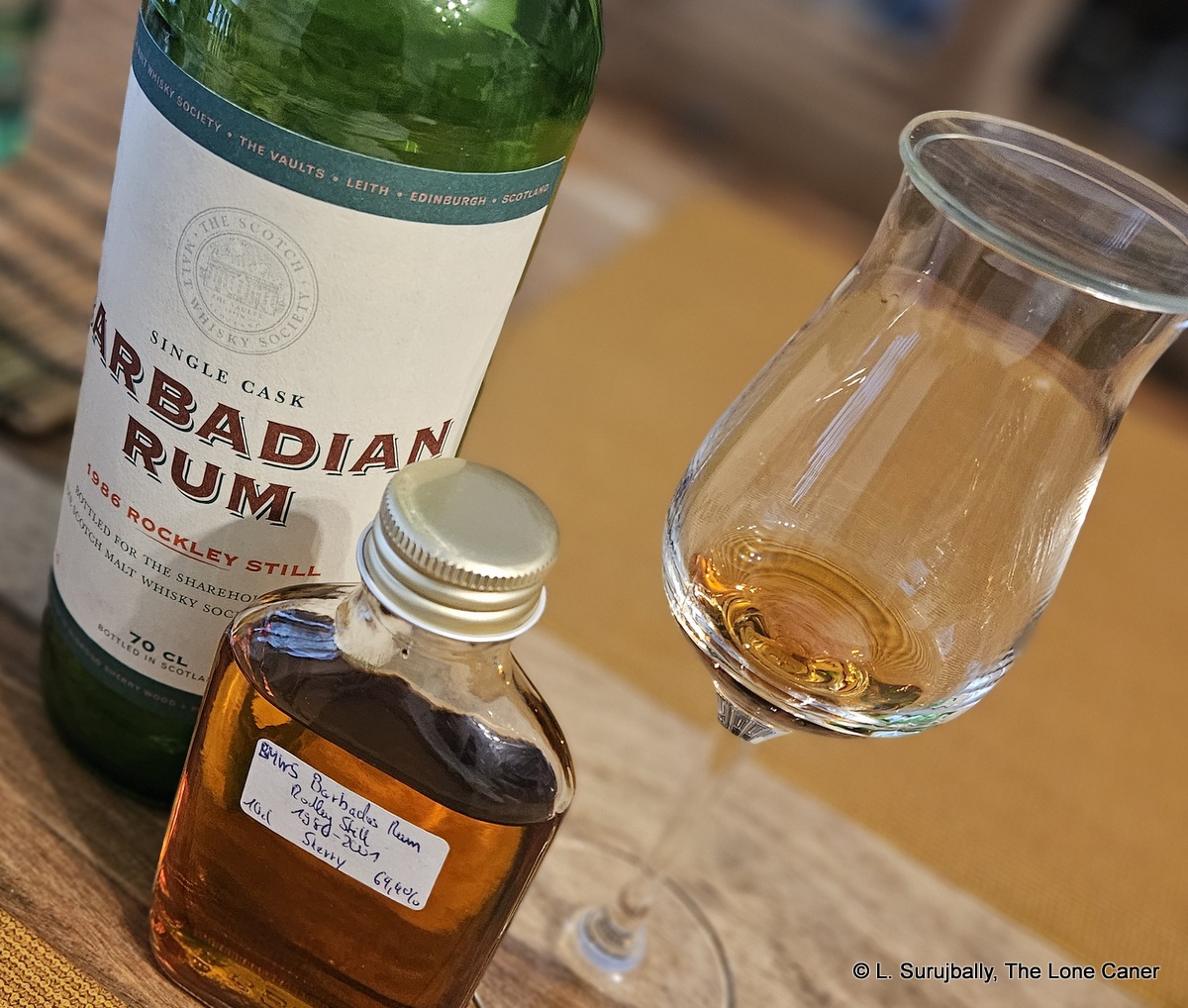 Overall, it’s a rum that could be issued today without apology or embarrassment. It’s competent work, smells and tastes fine, and is very approachable even with the strength – some water might dial it down for those who want to. The real question is why it was never followed up on – I think that had the SMWS tried to make rums a more regular part of their lineup, earlier, they could have stolen a march on many others who came later and did better.
Overall, it’s a rum that could be issued today without apology or embarrassment. It’s competent work, smells and tastes fine, and is very approachable even with the strength – some water might dial it down for those who want to. The real question is why it was never followed up on – I think that had the SMWS tried to make rums a more regular part of their lineup, earlier, they could have stolen a march on many others who came later and did better.
The SMWS’s attitude on rums remains puzzling. Their customer base is certainly avid – the regularly issued whisky bottlings sell out all the time, and it’s global in spread – but it remains firmly anchored to that area. I have no issues with that except that they could certainly do as good or better with rums, were it not for one issue – the money. When one adds the cost of a bottle to the annual subscription price, then that had better be a rum that is the best of the best to justify what one is asked to shell out. That has rarely been the case. Good yes, no question – except that as good or better is being sold by smaller, nimbler outfits, at more reasonable prices, so what’s the attraction? None, really.
And that’s why, no matter how much I may like this rum, it’s at best a qualified buy, assuming you can ever find it.
(#1112)(85/100) ⭐⭐⭐½
Other notes
